The very dapper, Belgian born, Dirk-Jan Kinet, has experienced life as a nomad, moving from Italy, Portugal and Turkey, before settling in Mexico City almost two decades ago. Having started studying German Philology and Drama in earlier years, his passion and career in interior design was discovered later. Today he teaches styling applied to interior design at the Centro de Diseño, one of the most innovative universities in Mexico.
His beautiful home melds tradition with an eccentric flair and is located within the urban hustle and bustle of the city center. Reflecting his professional talents, the house immerses and transports its visitors upon entry. Each room has its individual character and expresses a different theme. Everything is of interest. Beds are used as sofas, wardrobes are used as bookshelves and anatomy dummies are on display as rare golden ornaments. One room called the night room has black painted walls, a stocked bar and dominating stained glass windows. Then there is the indoor garden filled with plants reflected in mirrored walls.
Classical music, prosciutto and beautiful artefacts envelop the senses as Dirk discusses the story behind some of his possessions. One of his favorite pastimes is discovering new objects. He is an expert in the search for antiques and beautiful things in Mexico City and has participated in a National Geographic program specifically on antique hunting. Above all, however, he is known internationally and about town as the man with exquisite taste who is responsible for many falling in love with his transformed spaces.
This portrait is part of our ongoing collaboration with ZEIT Online who present a special curation of our pictures on their site.
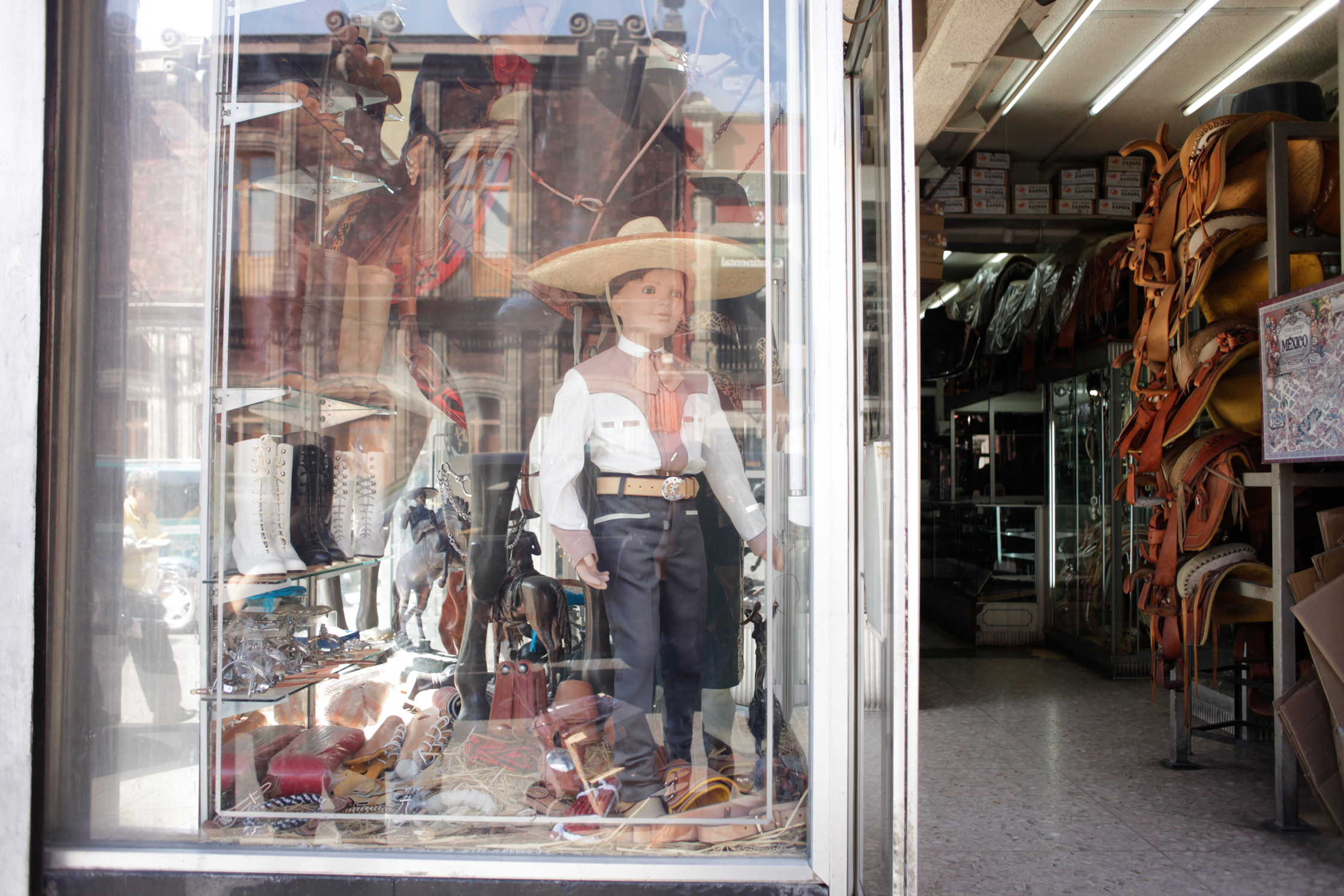
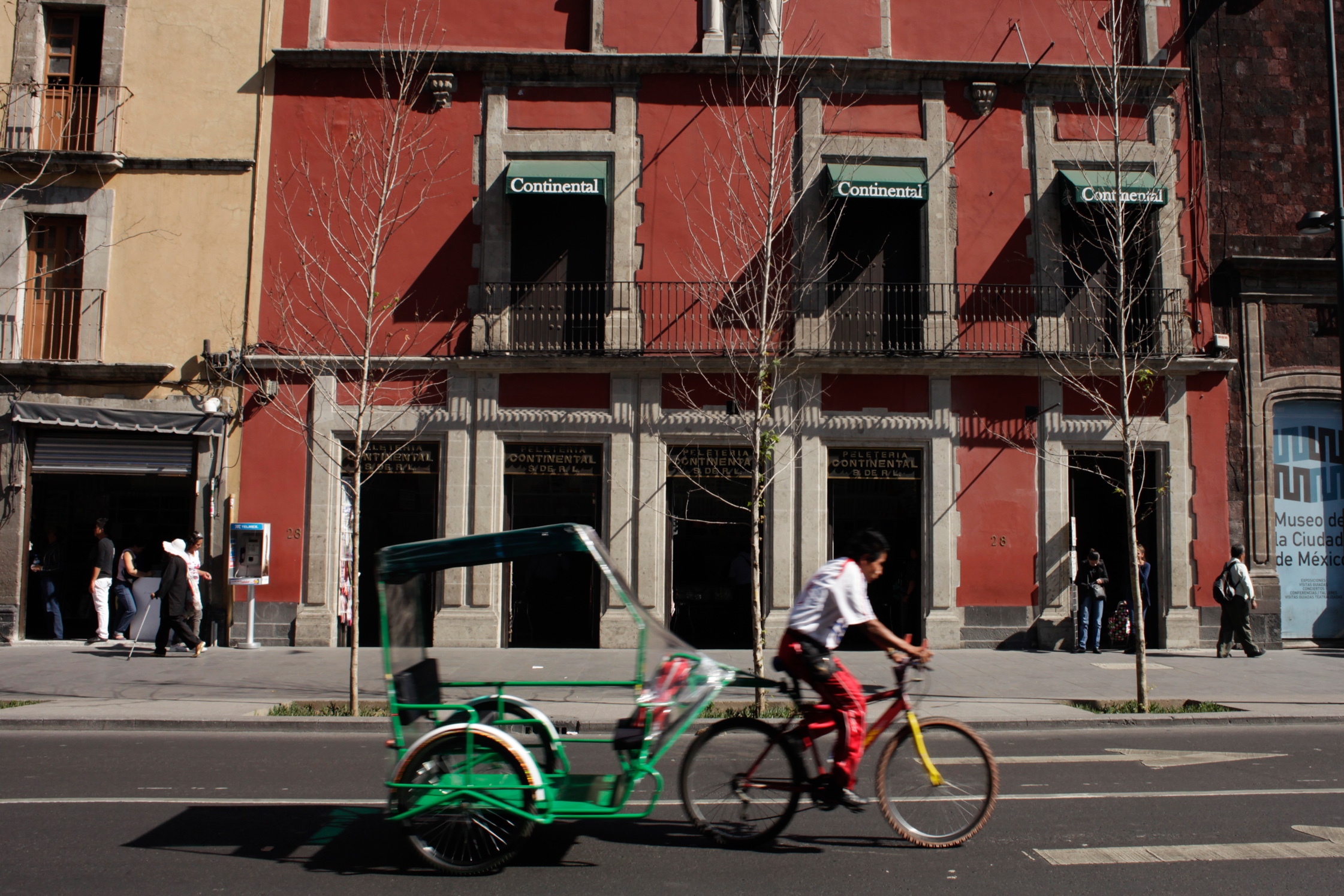
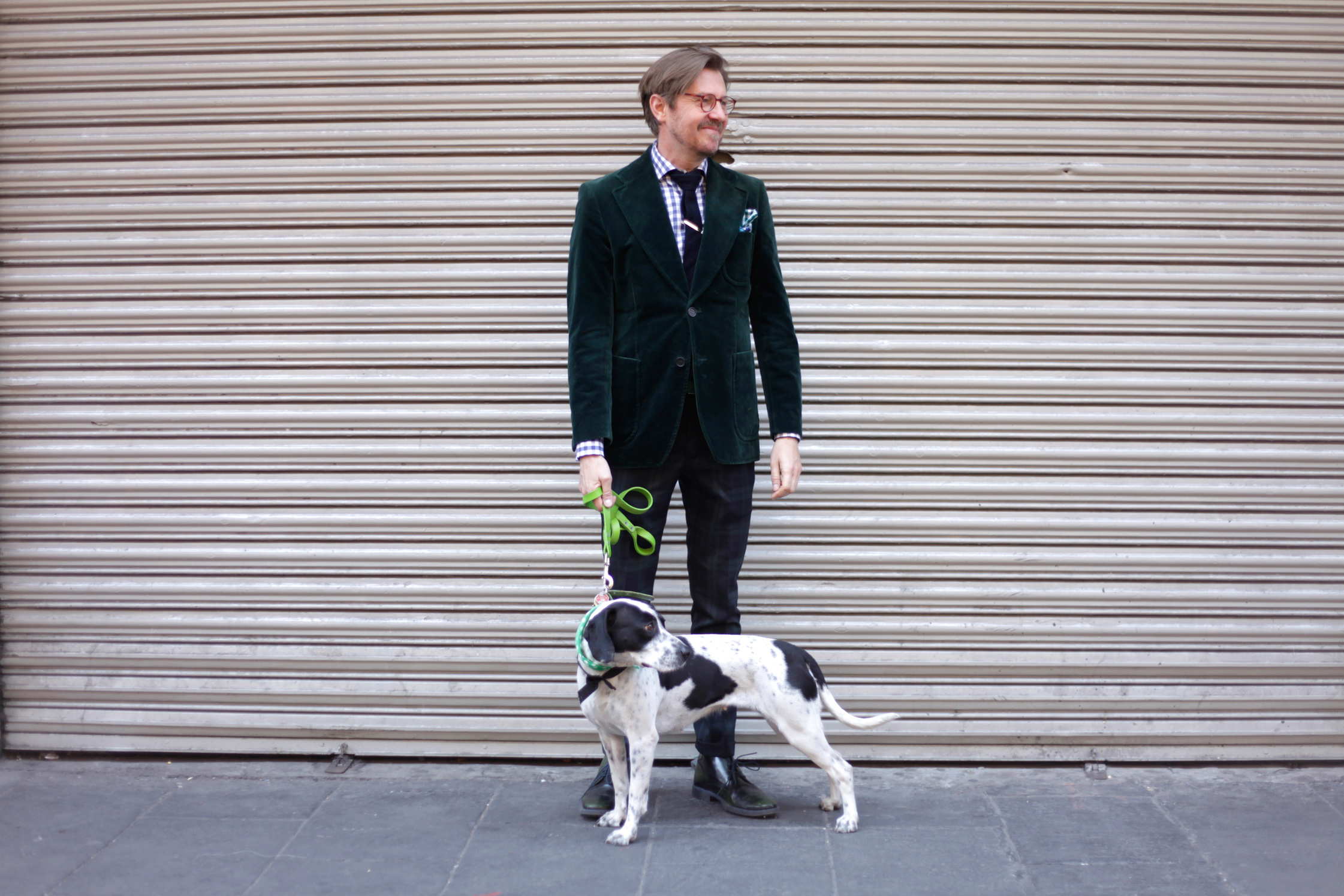
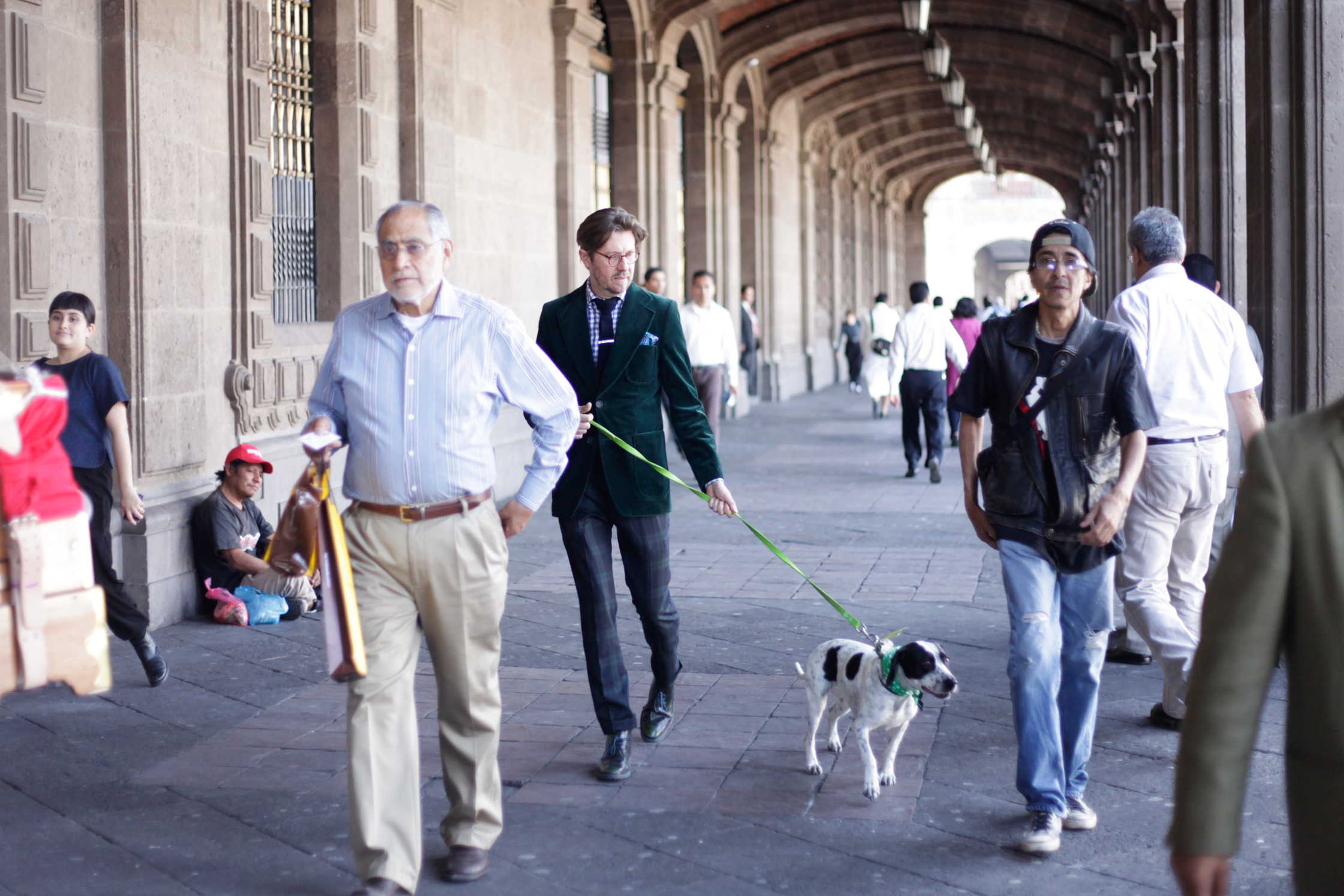
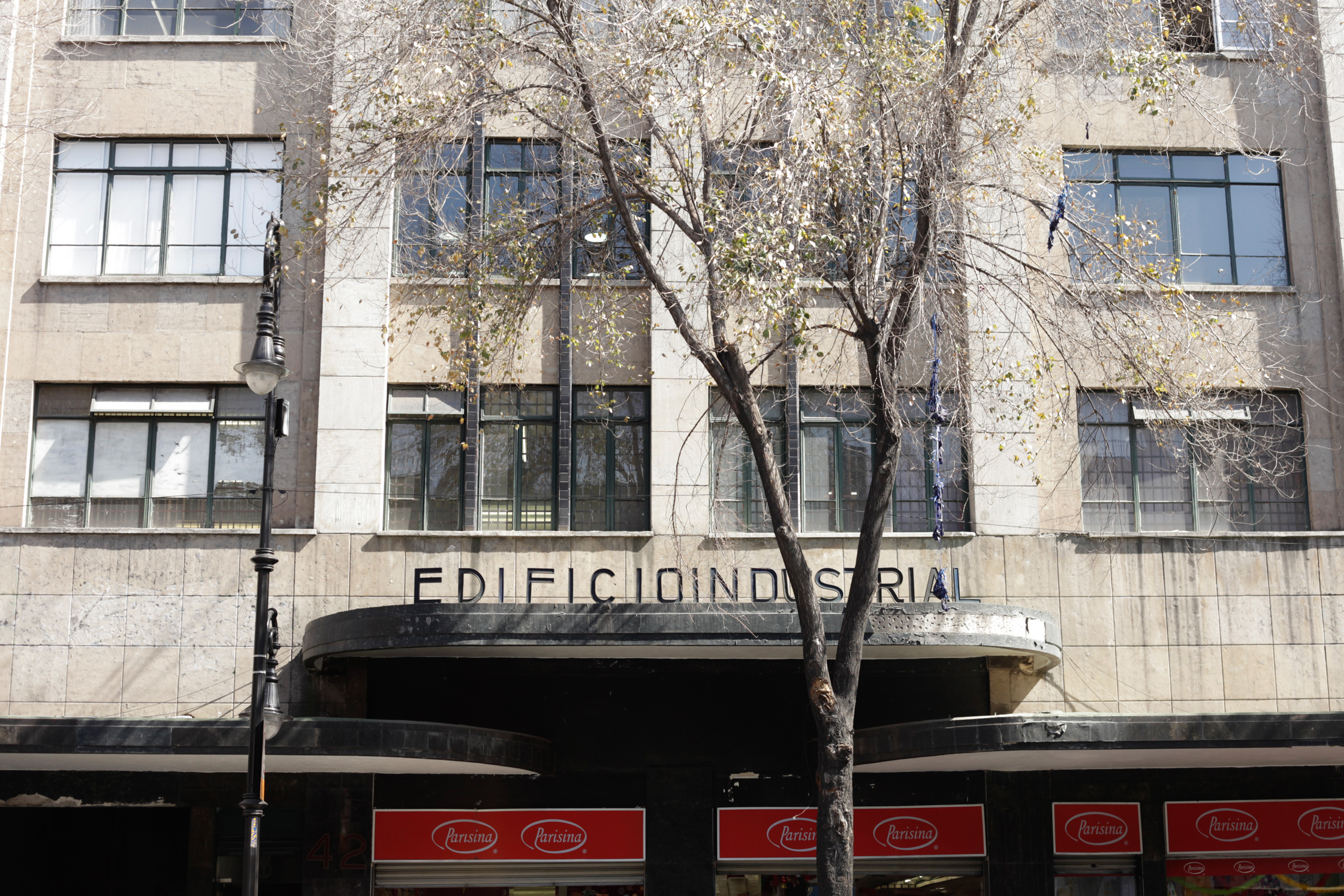

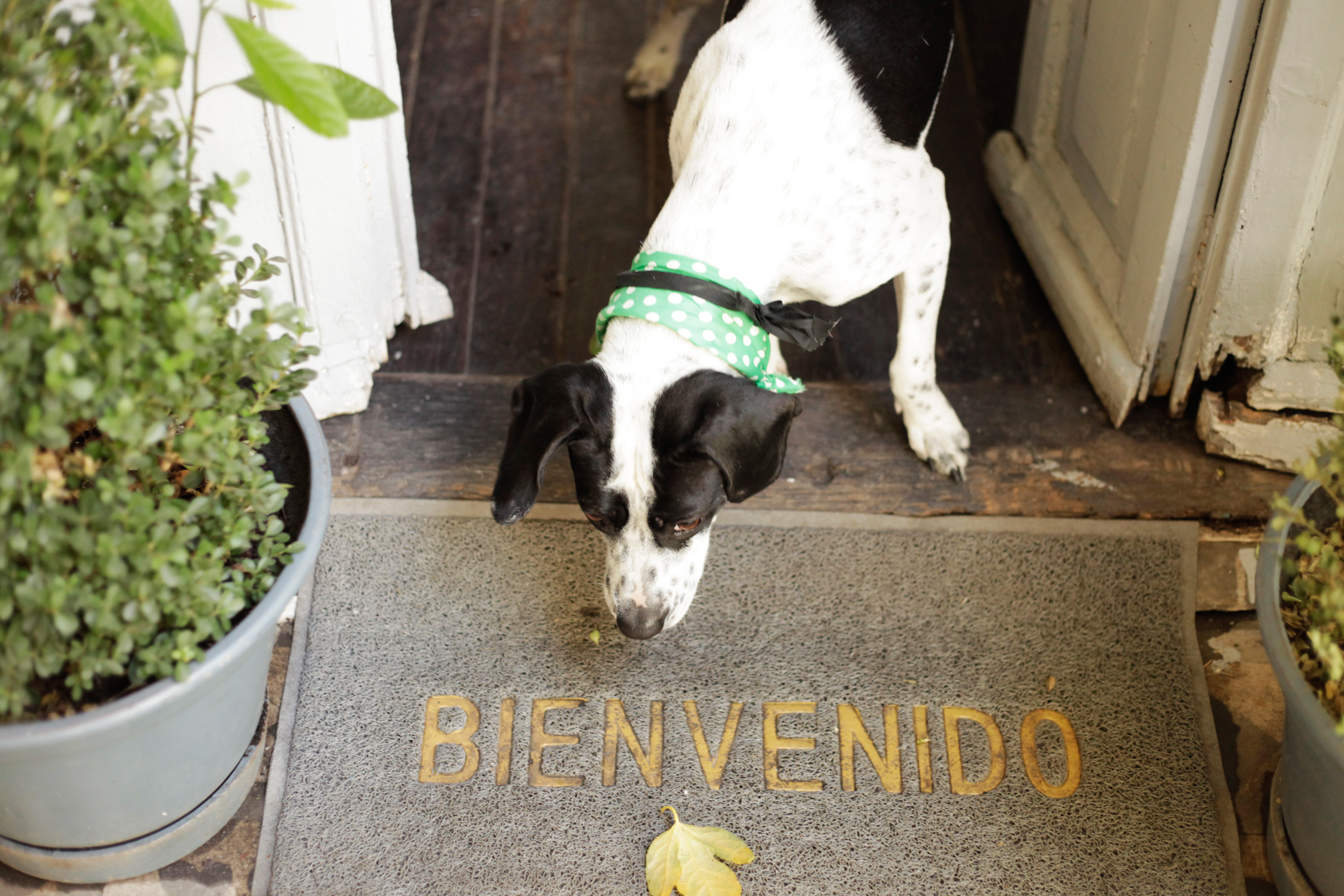
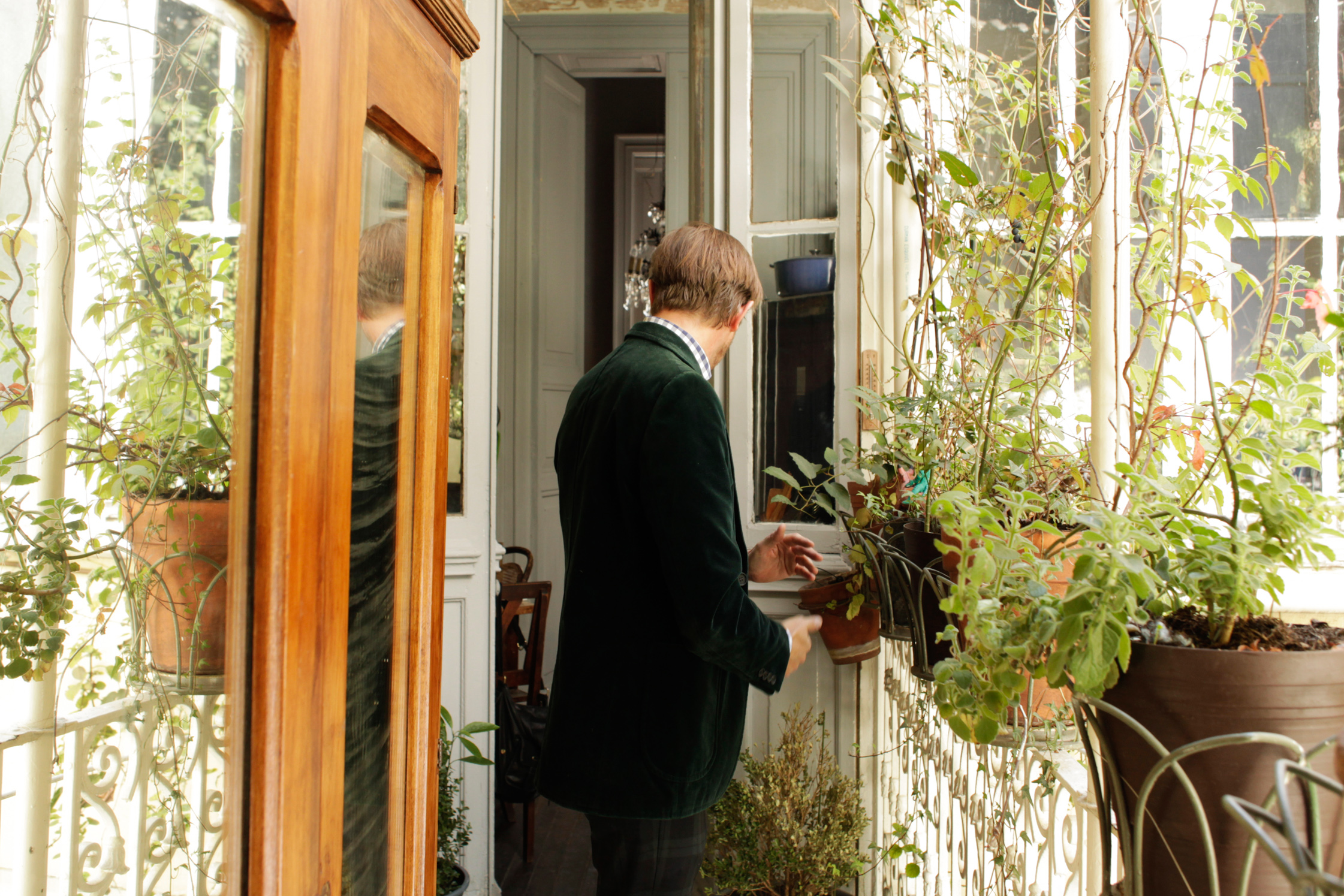
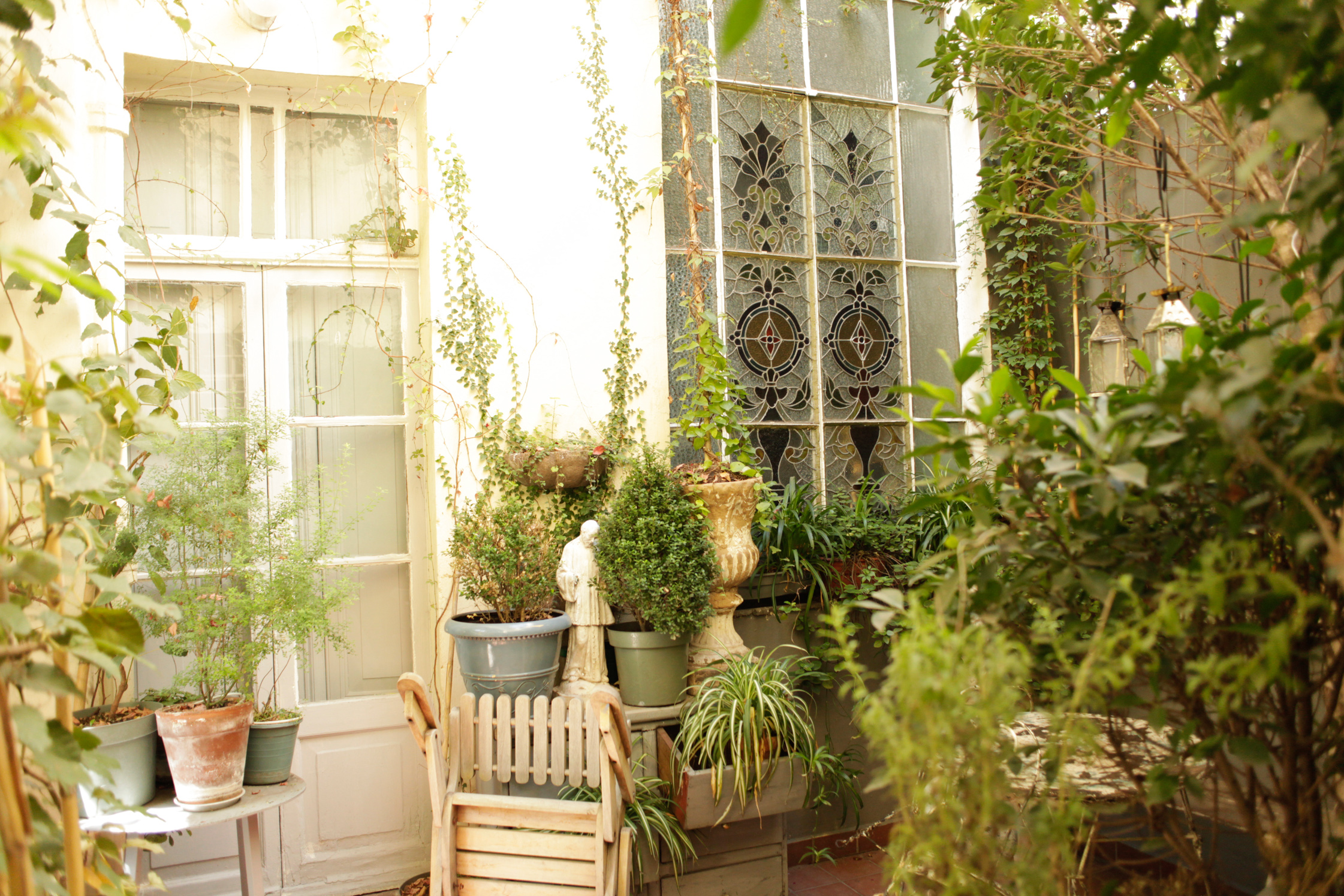
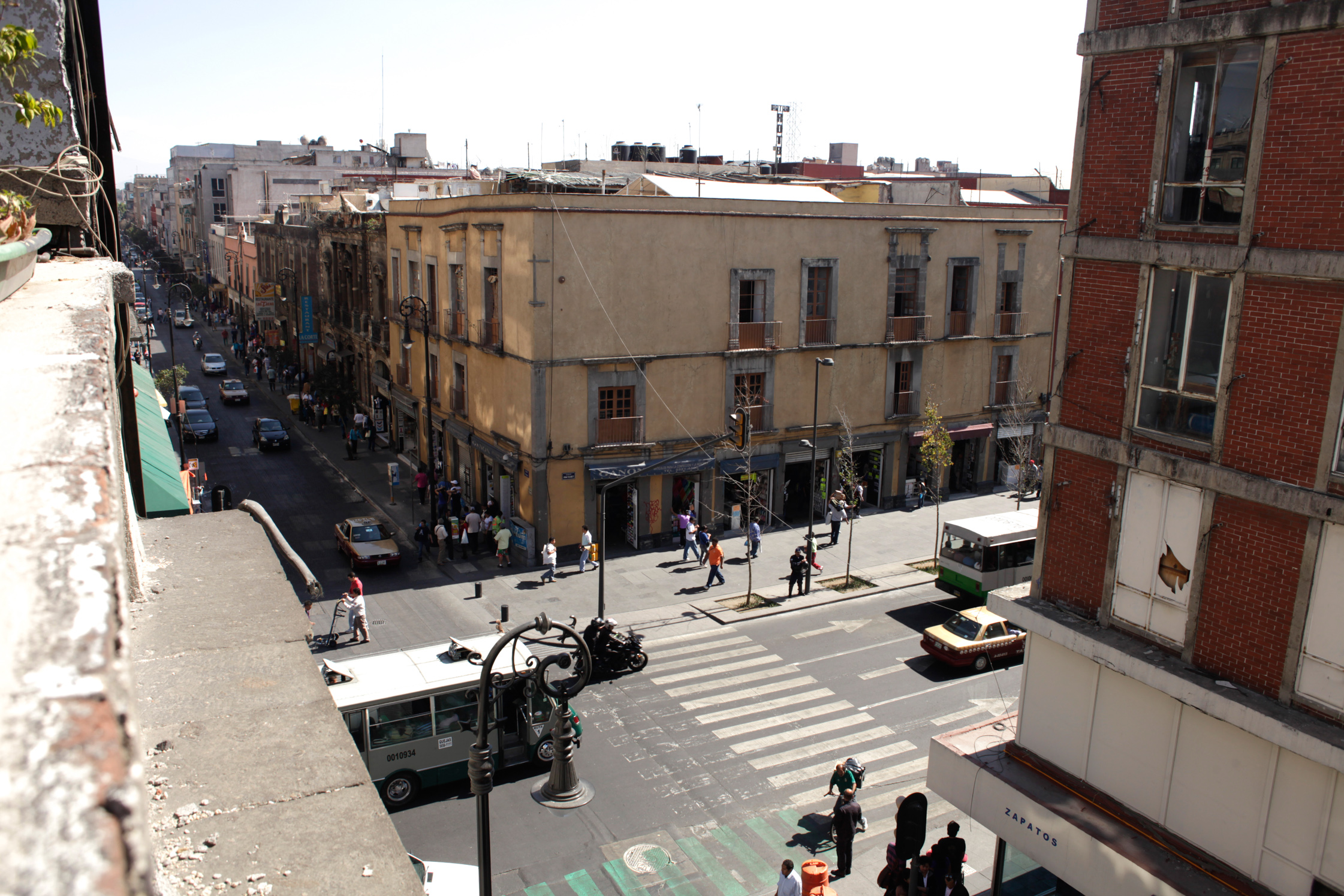
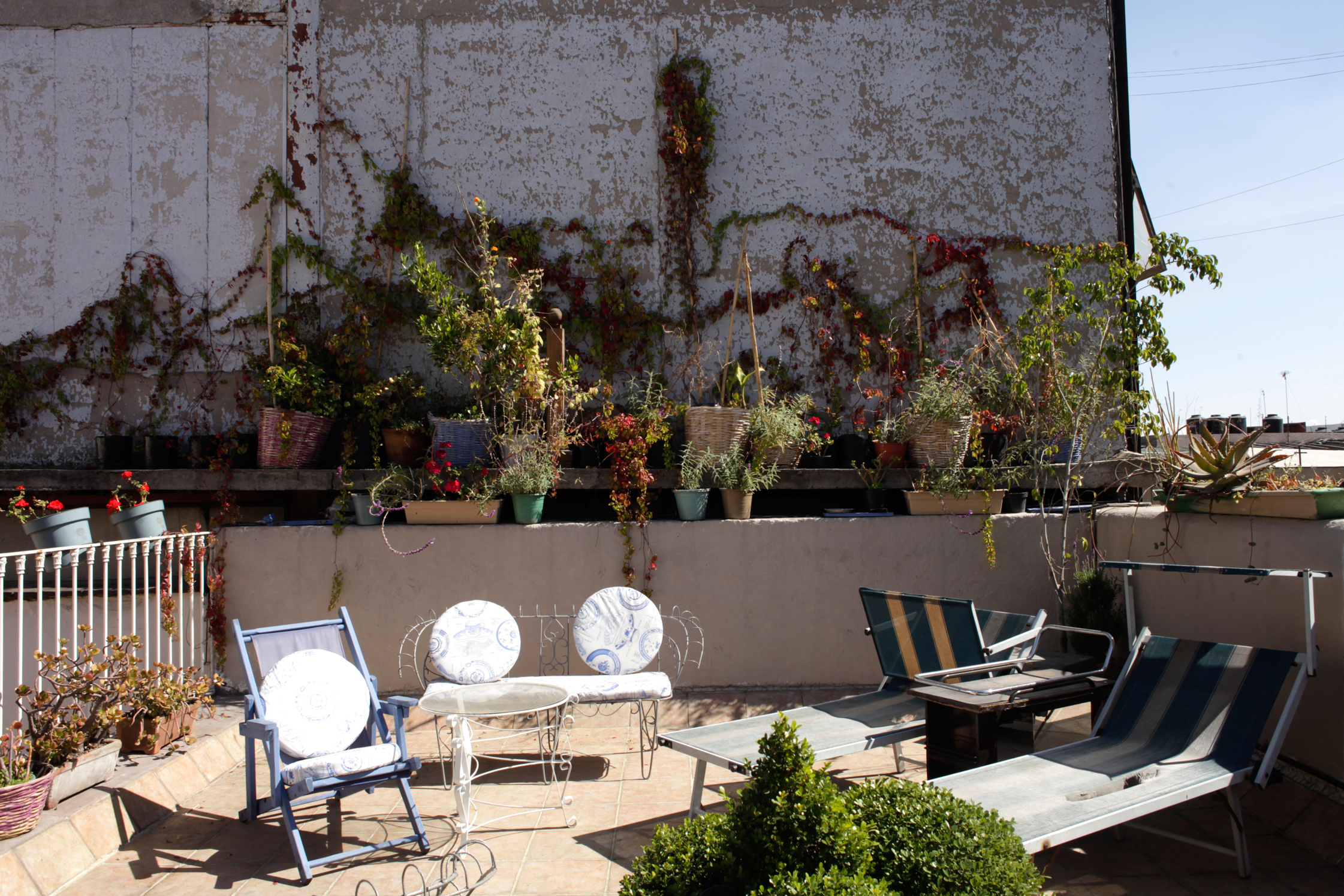
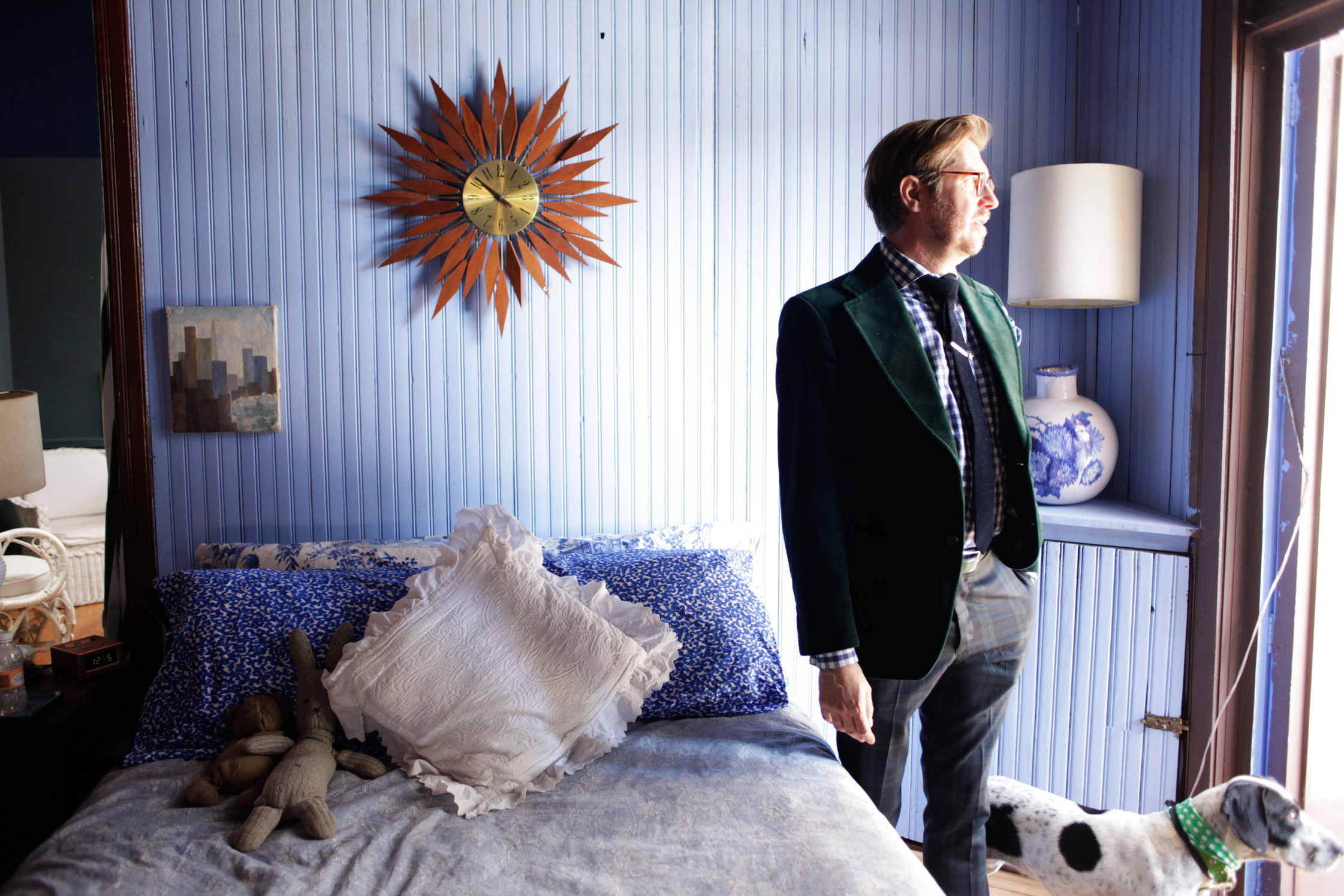
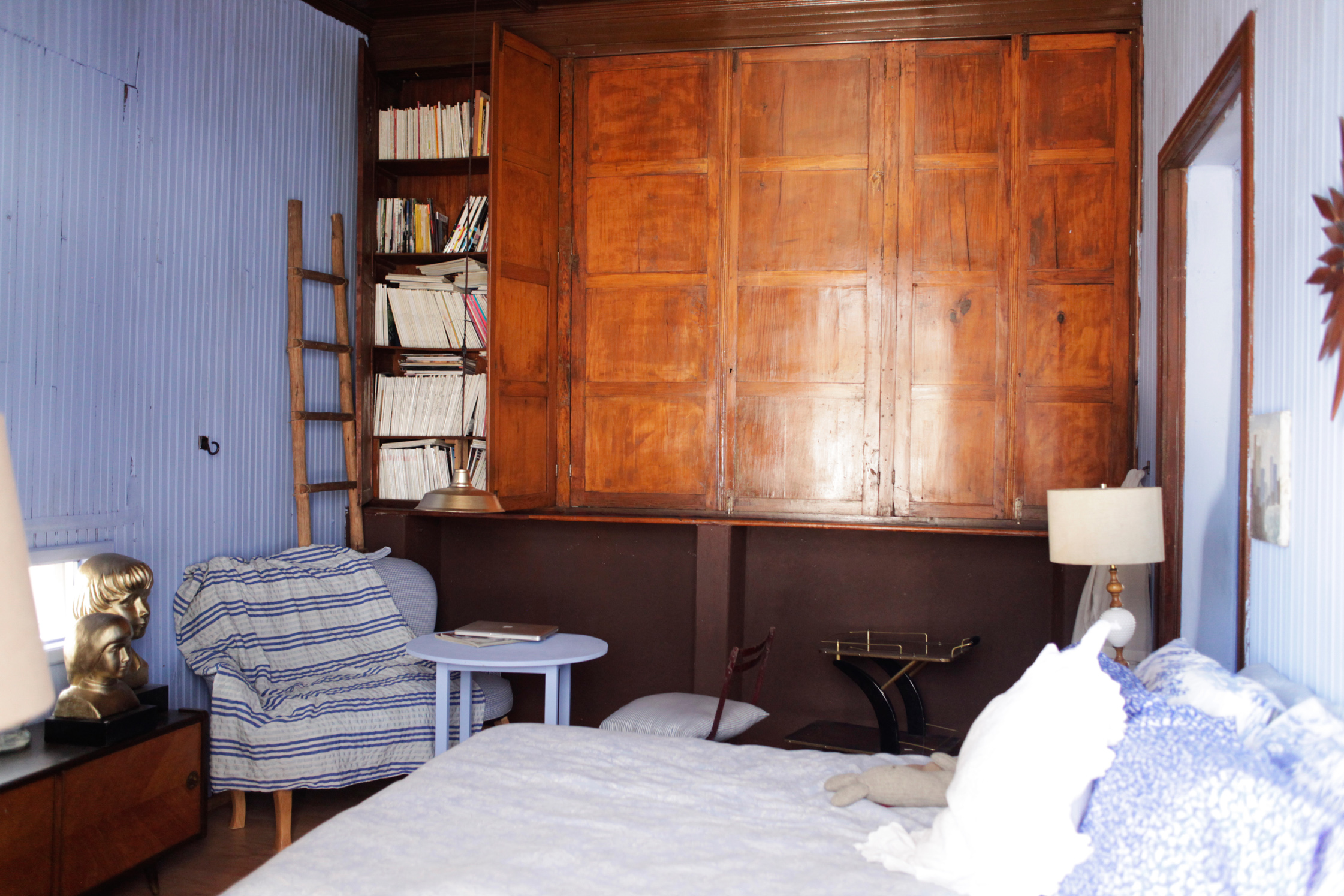
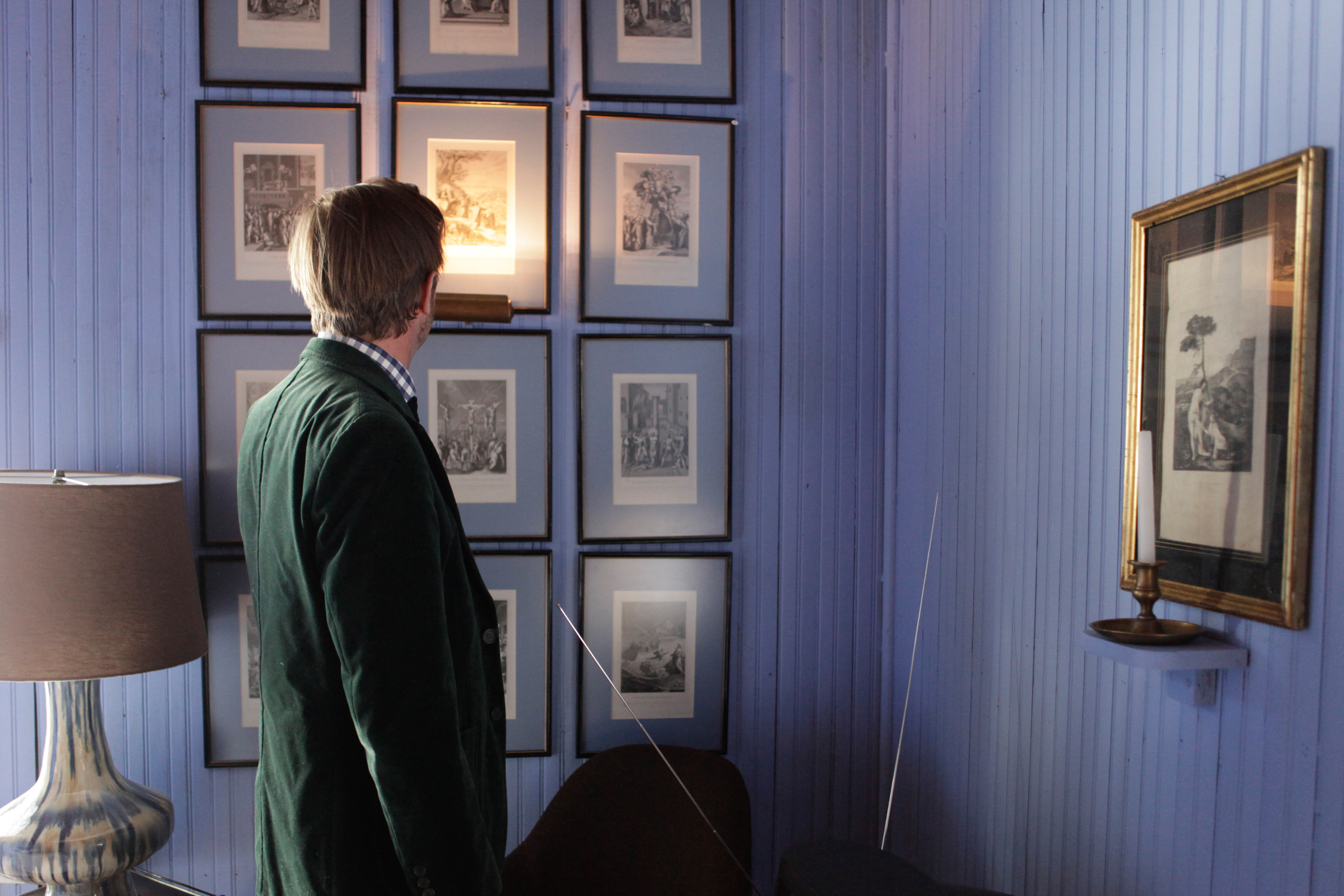
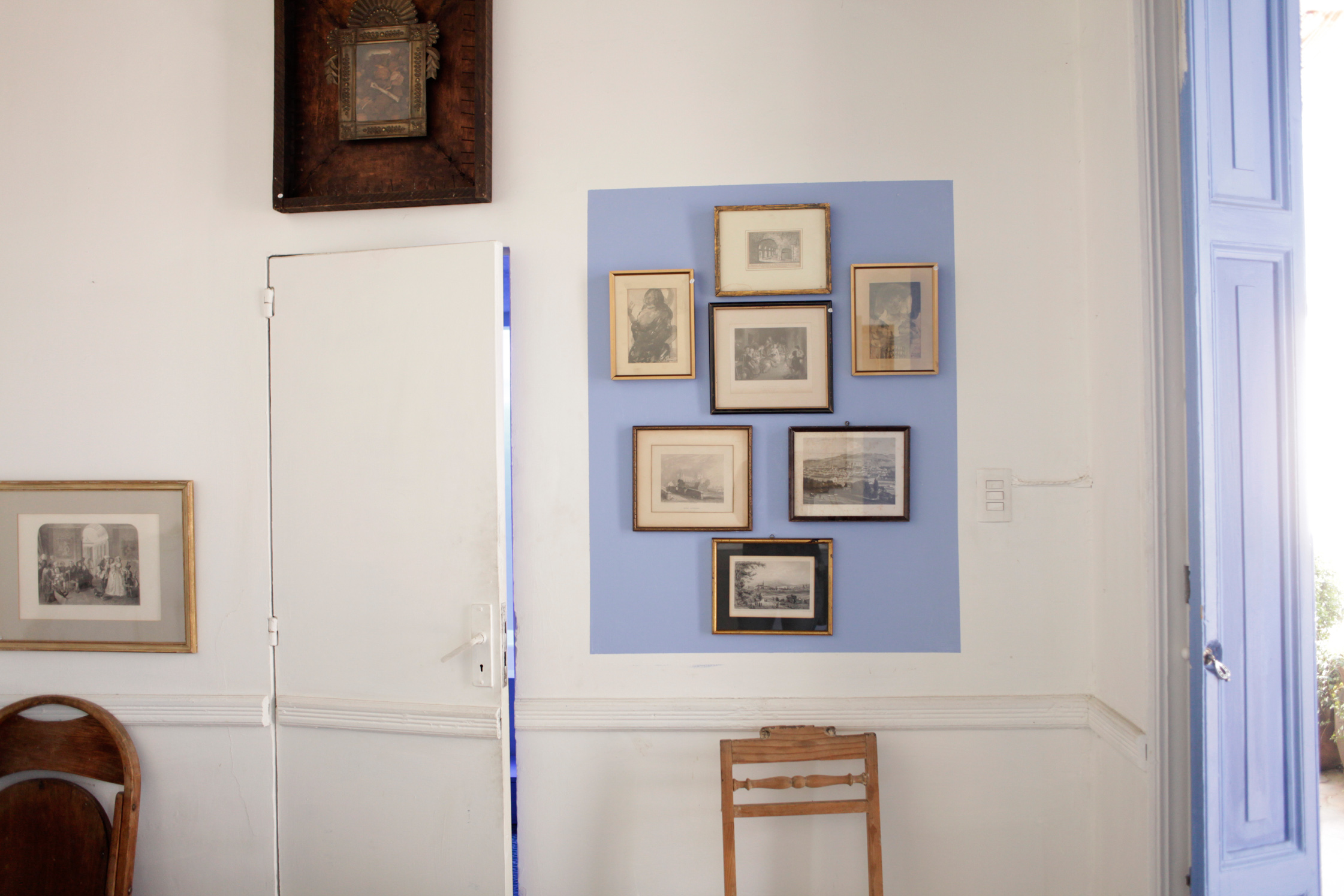
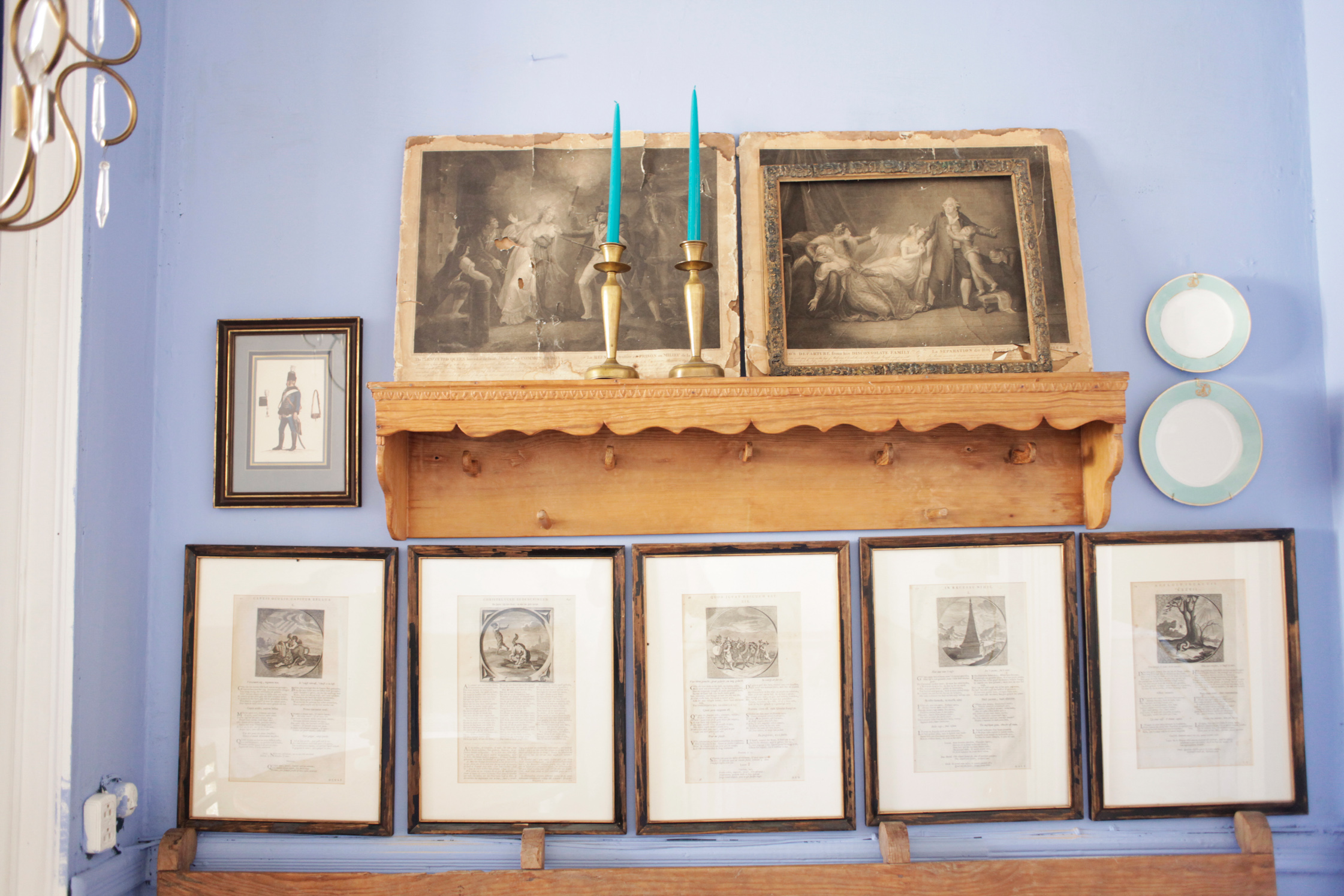
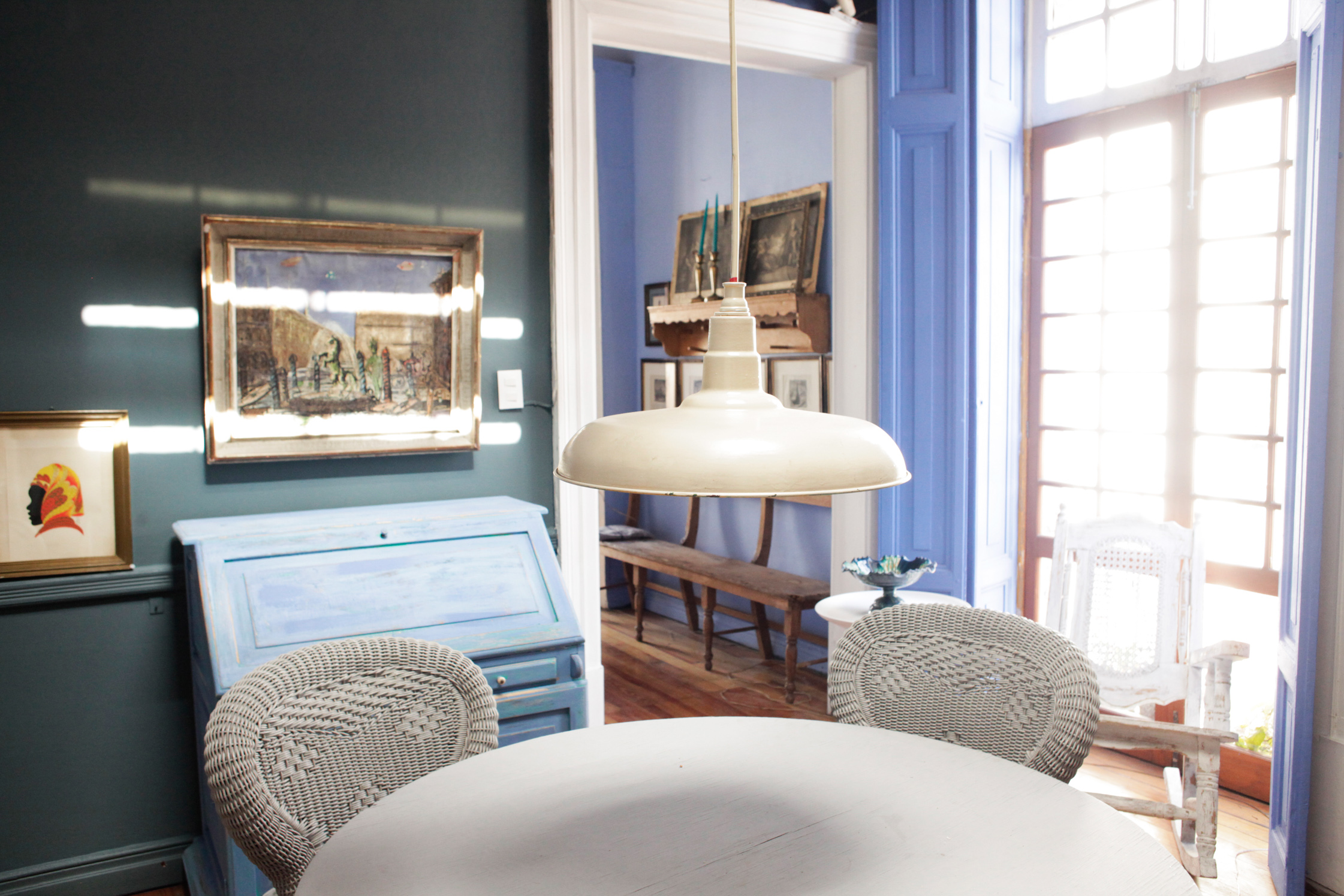
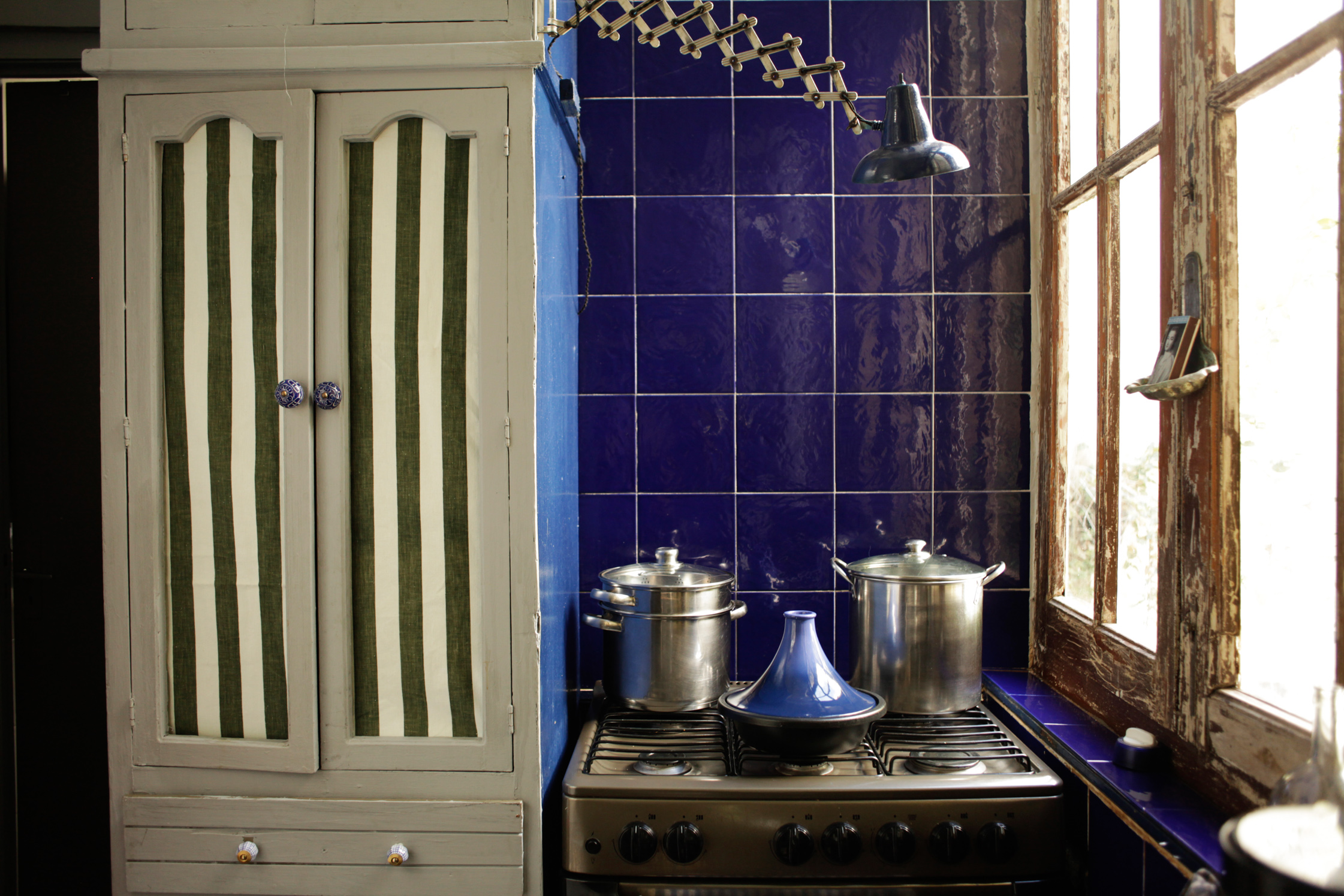
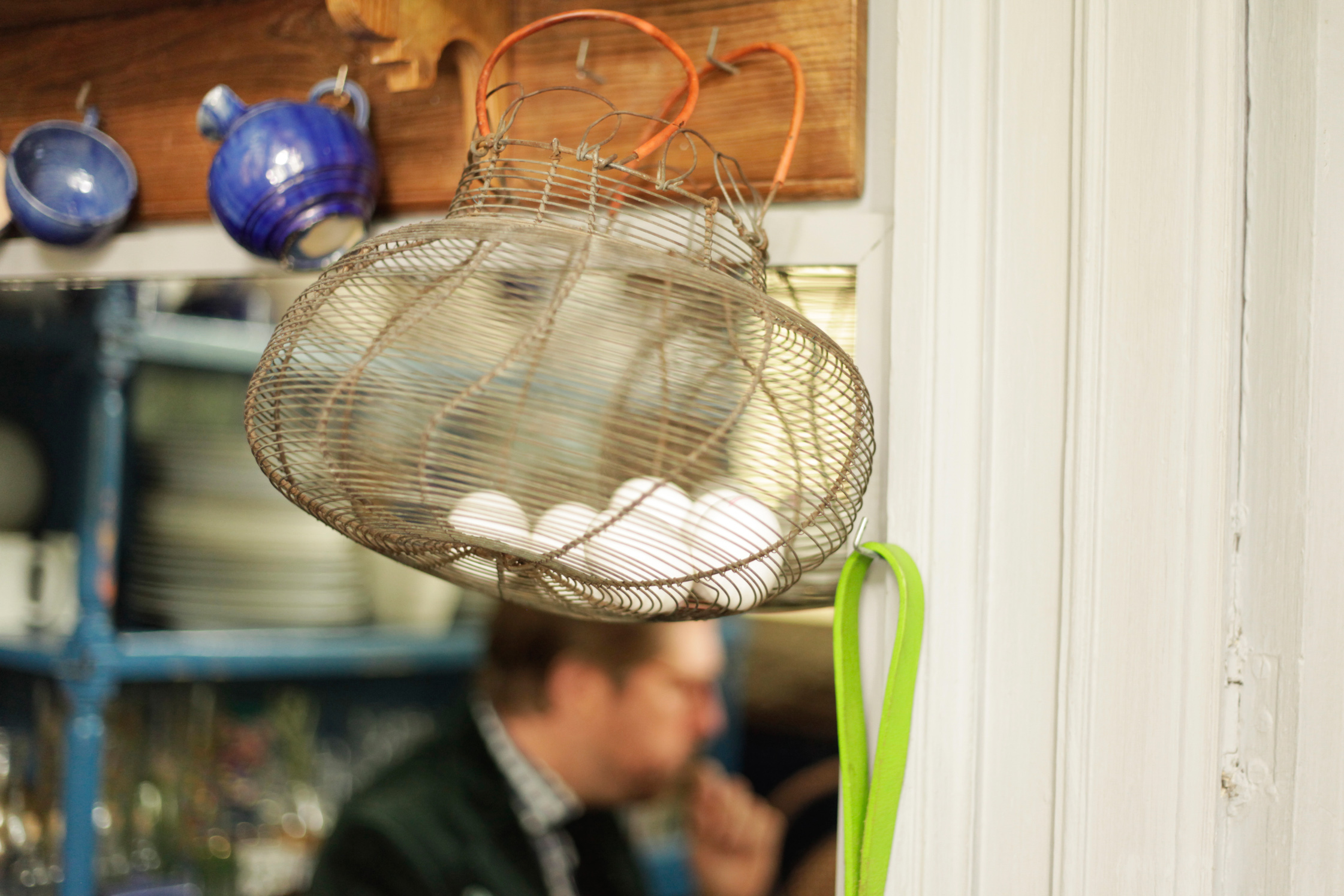
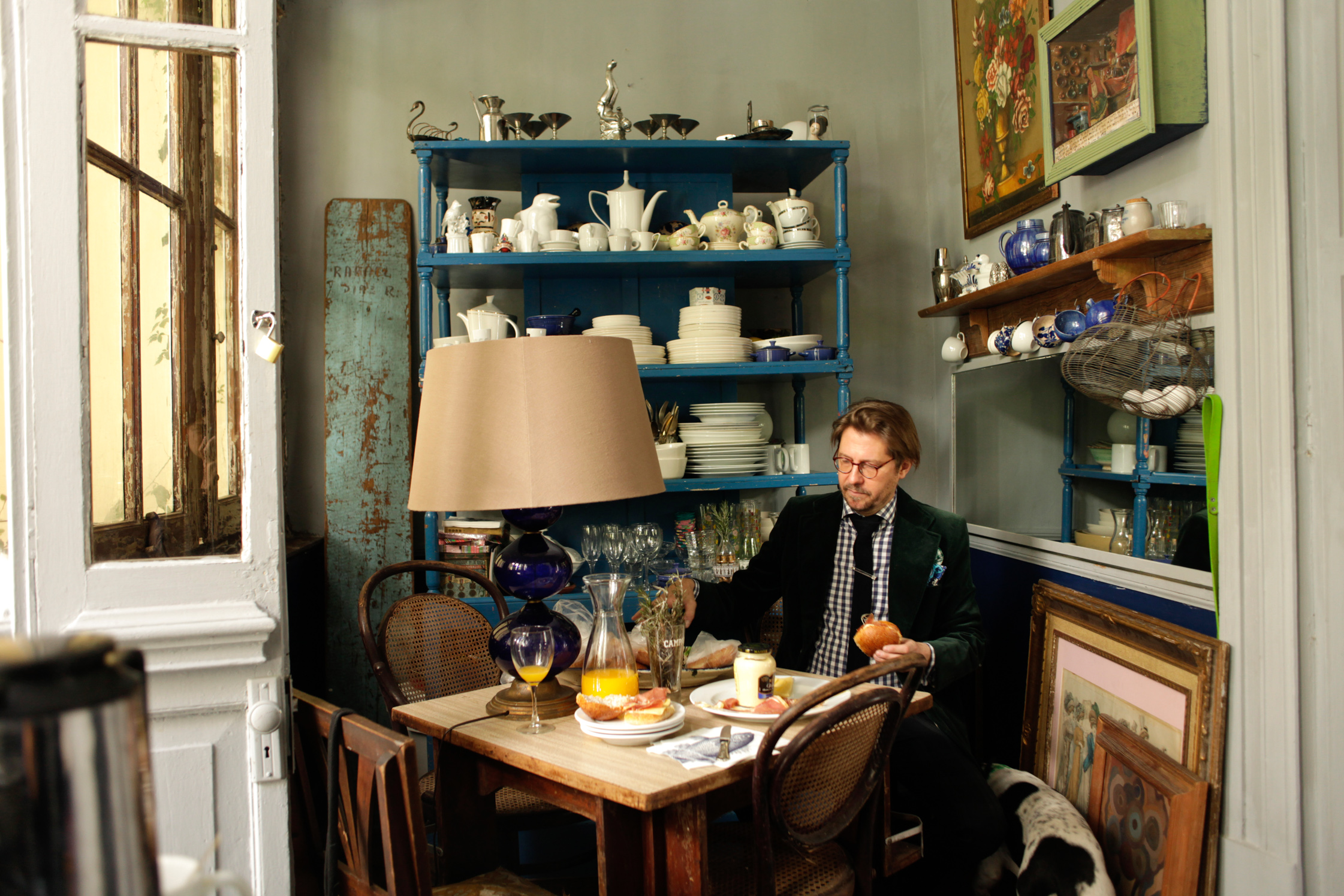
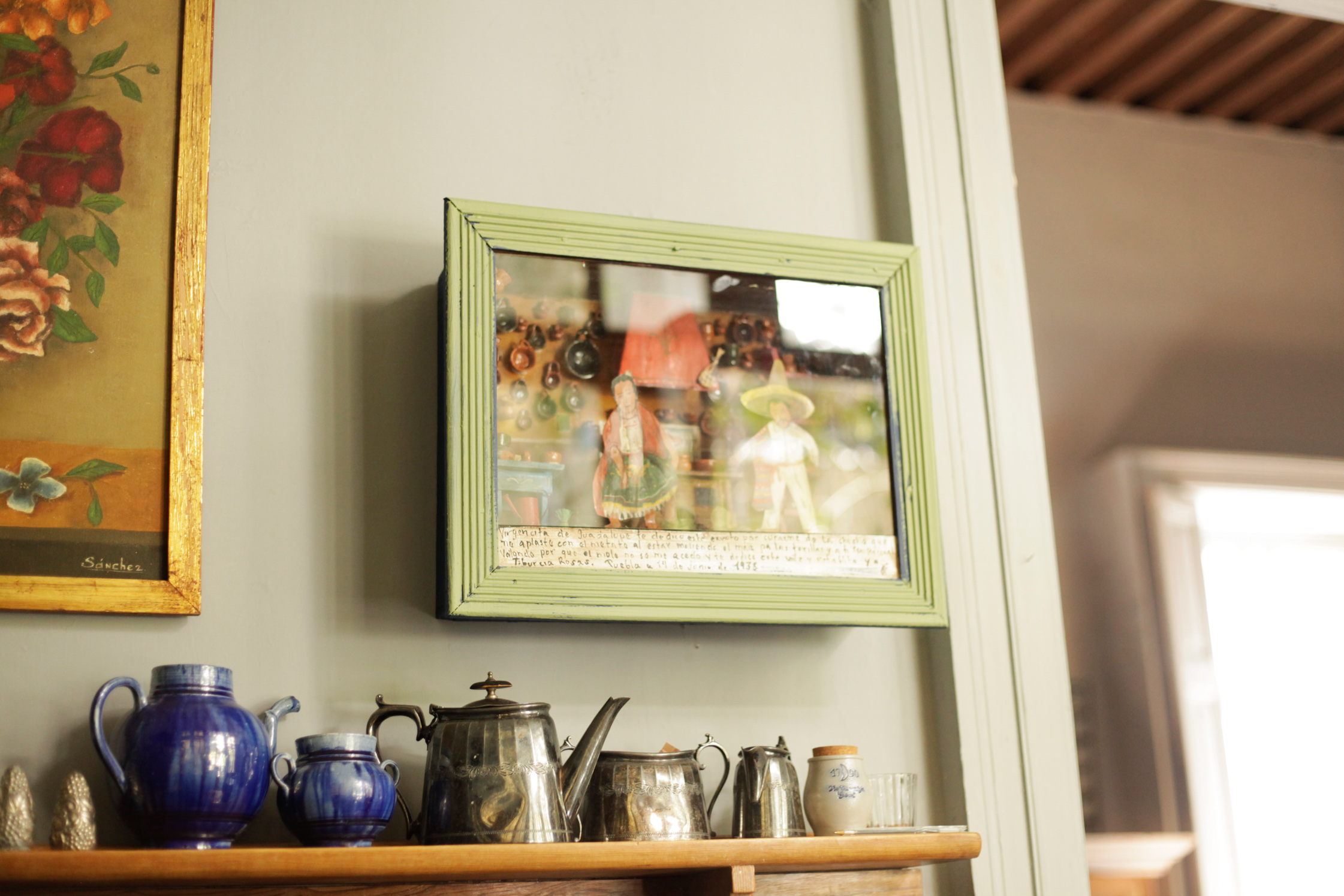
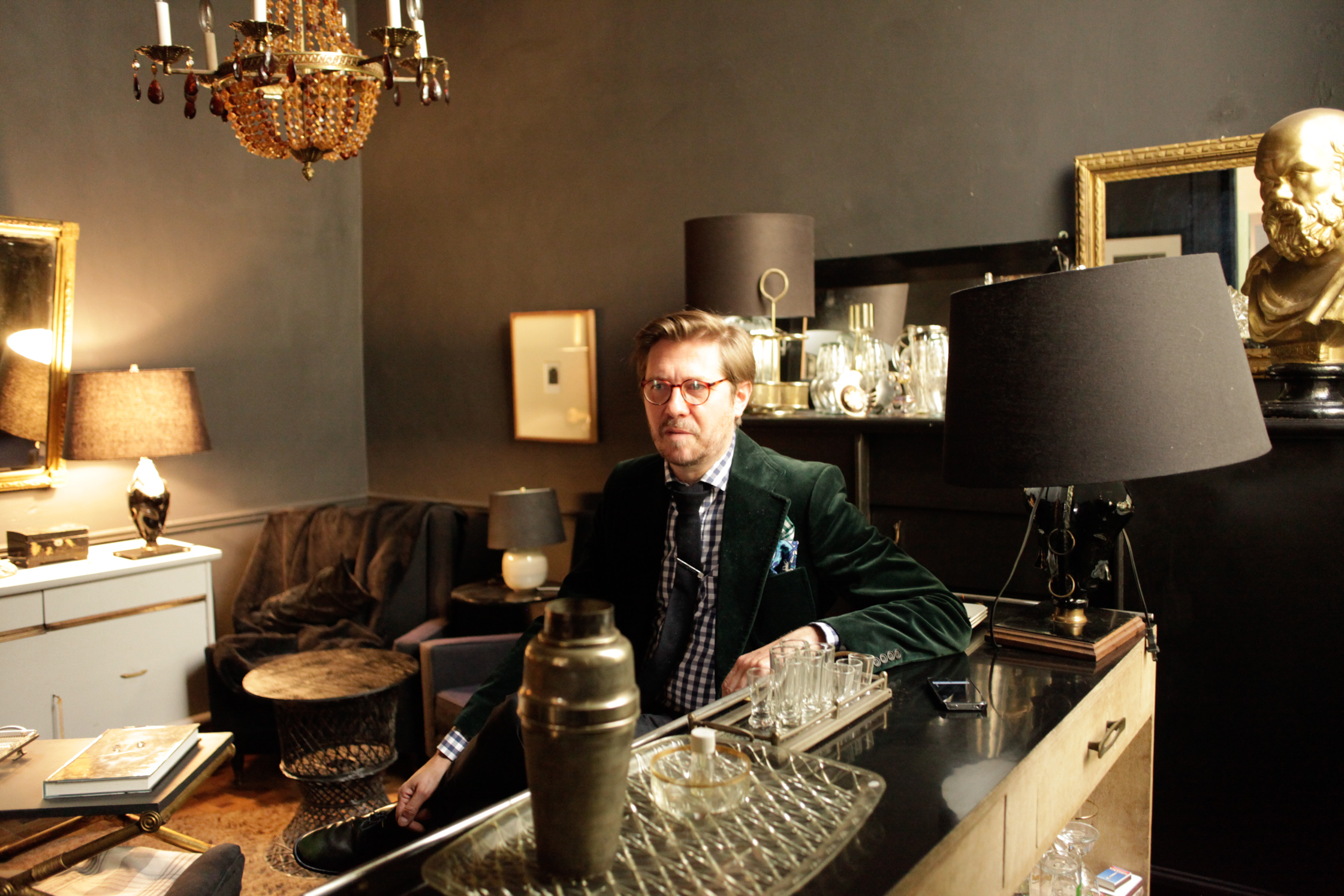
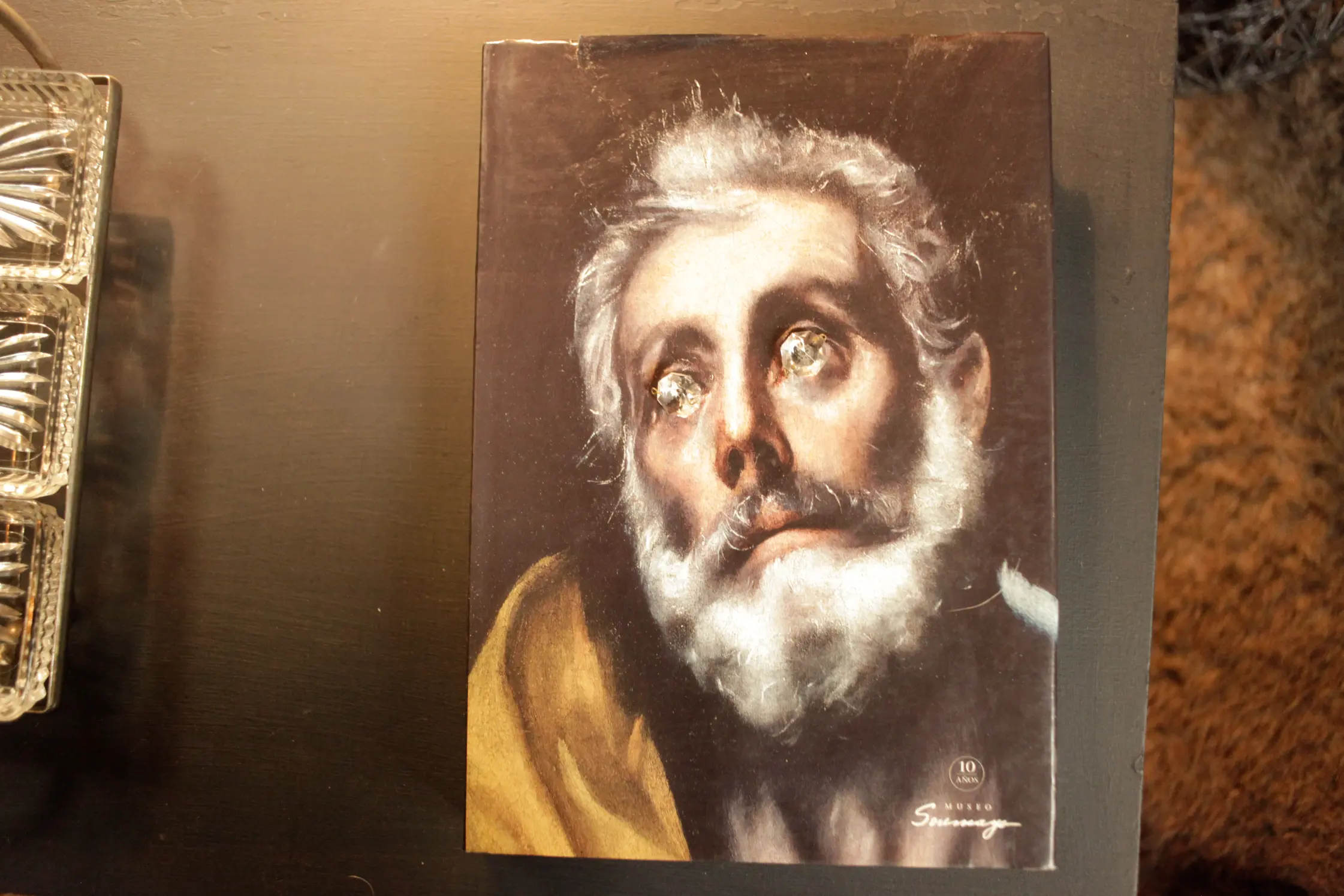
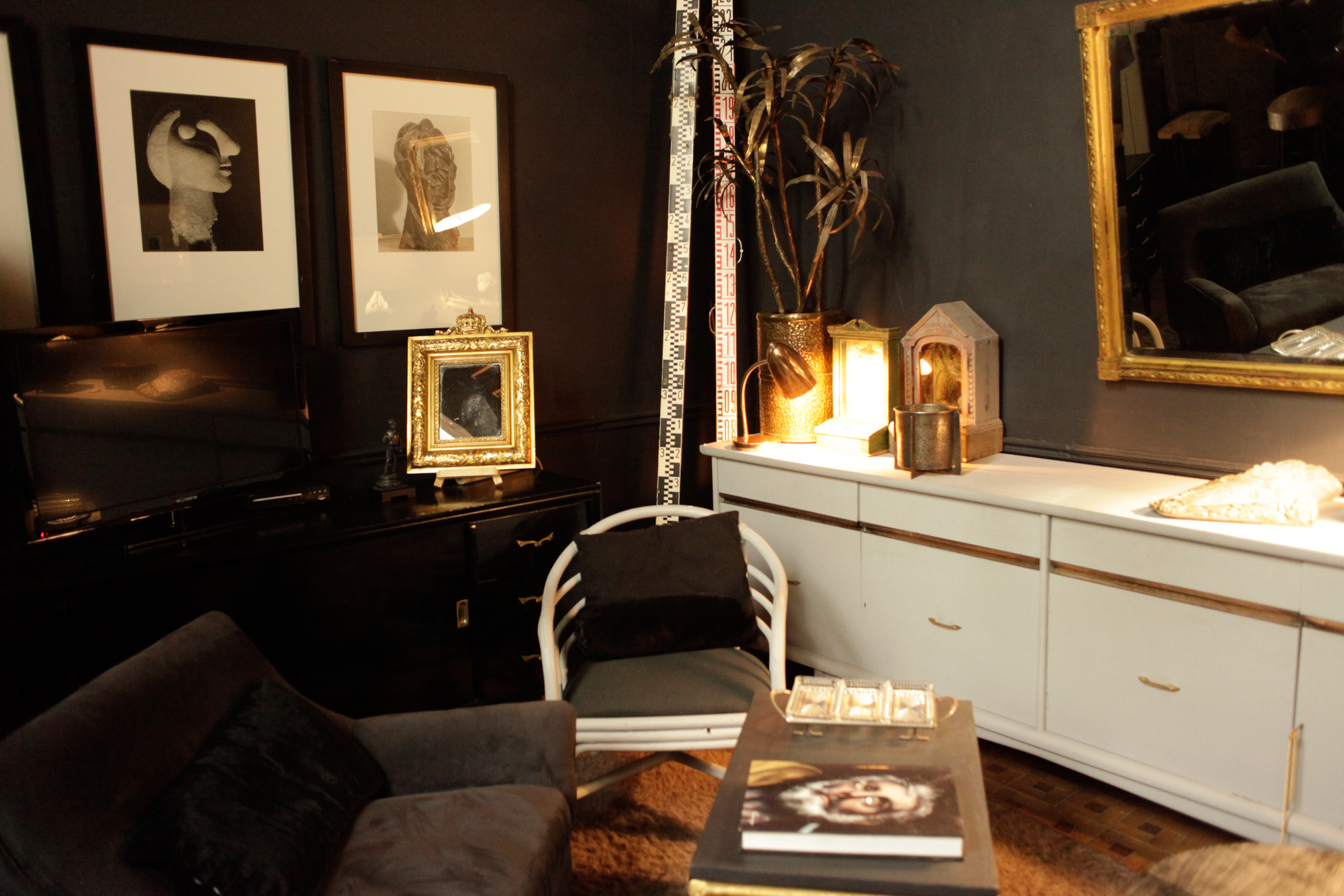
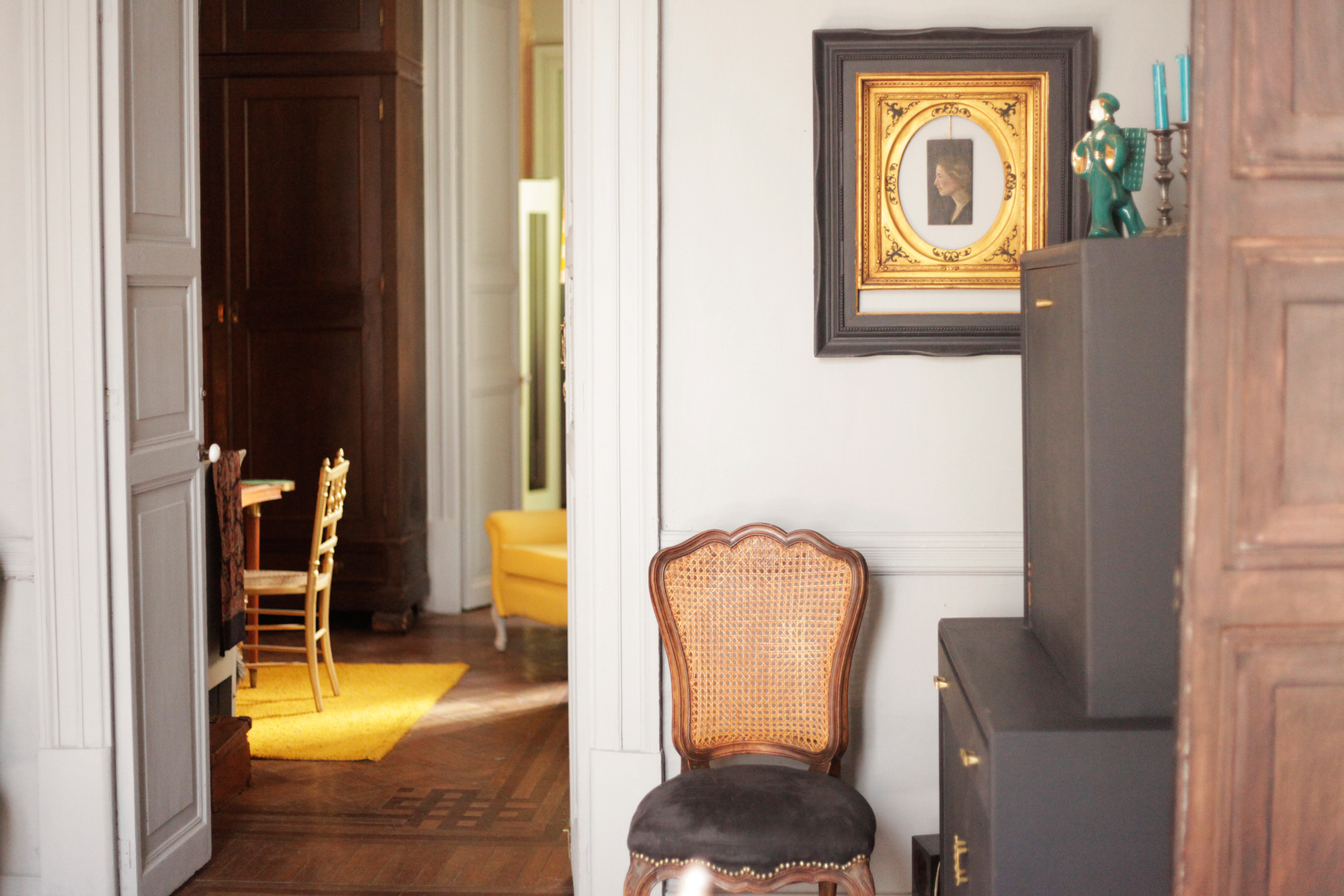
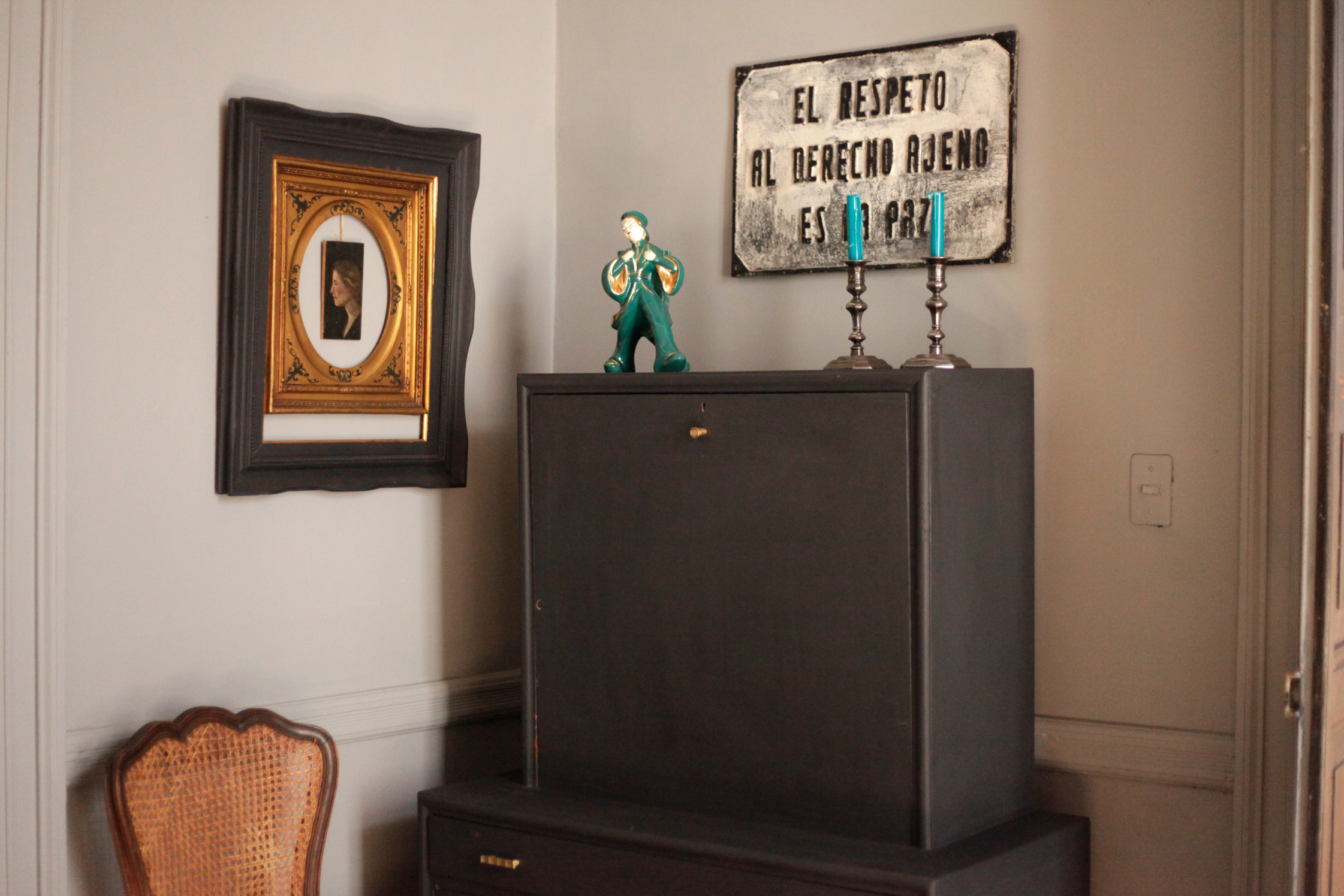
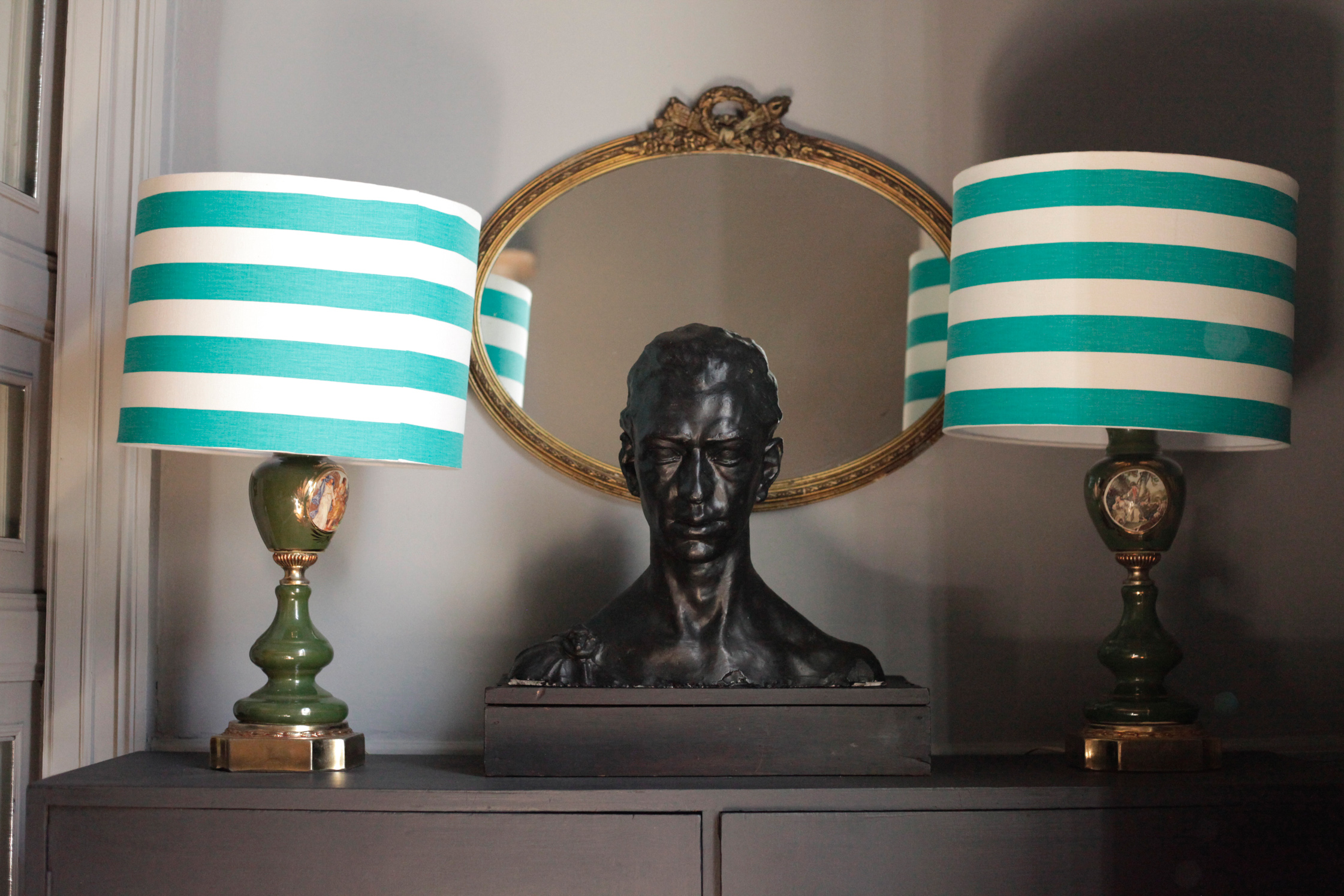
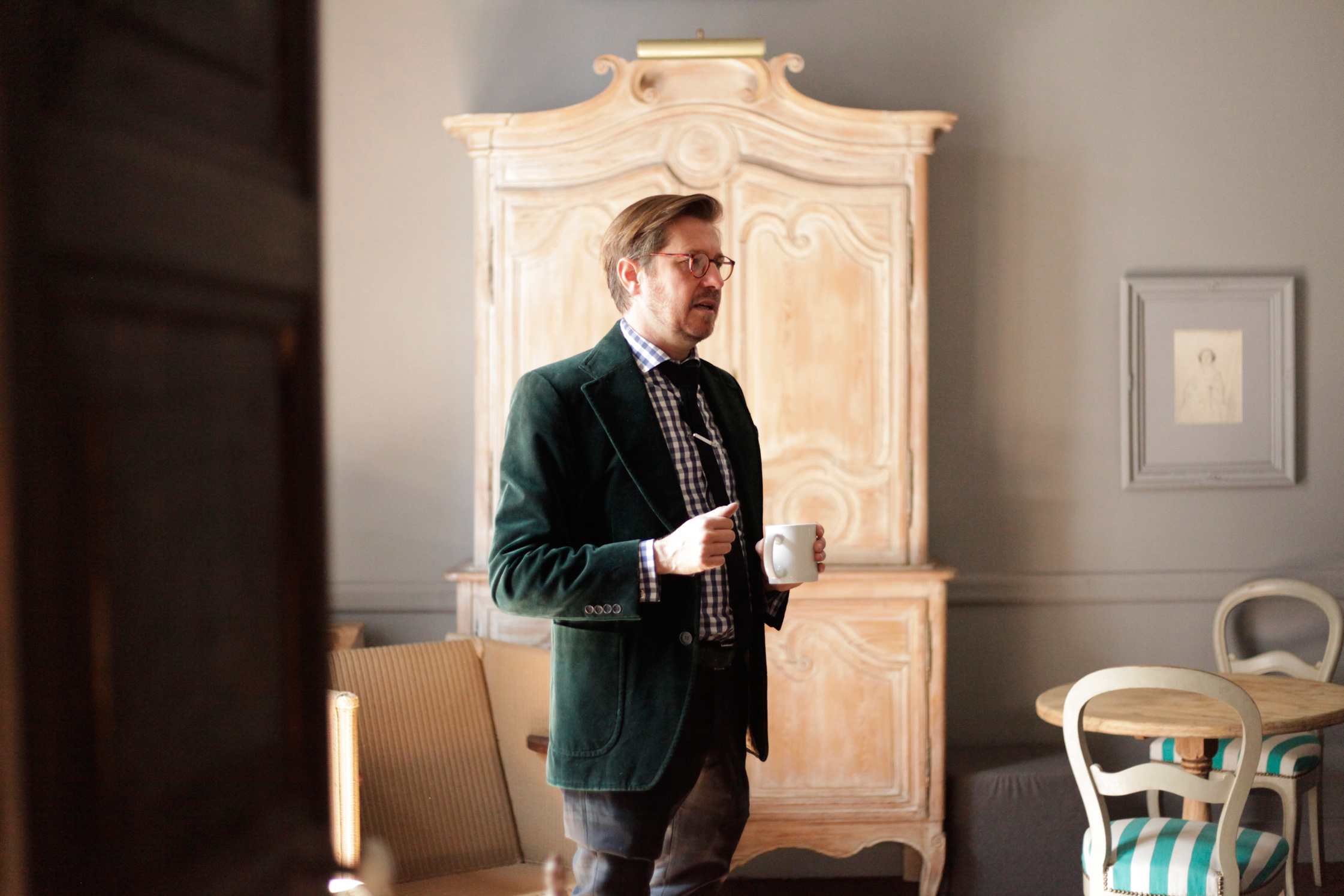
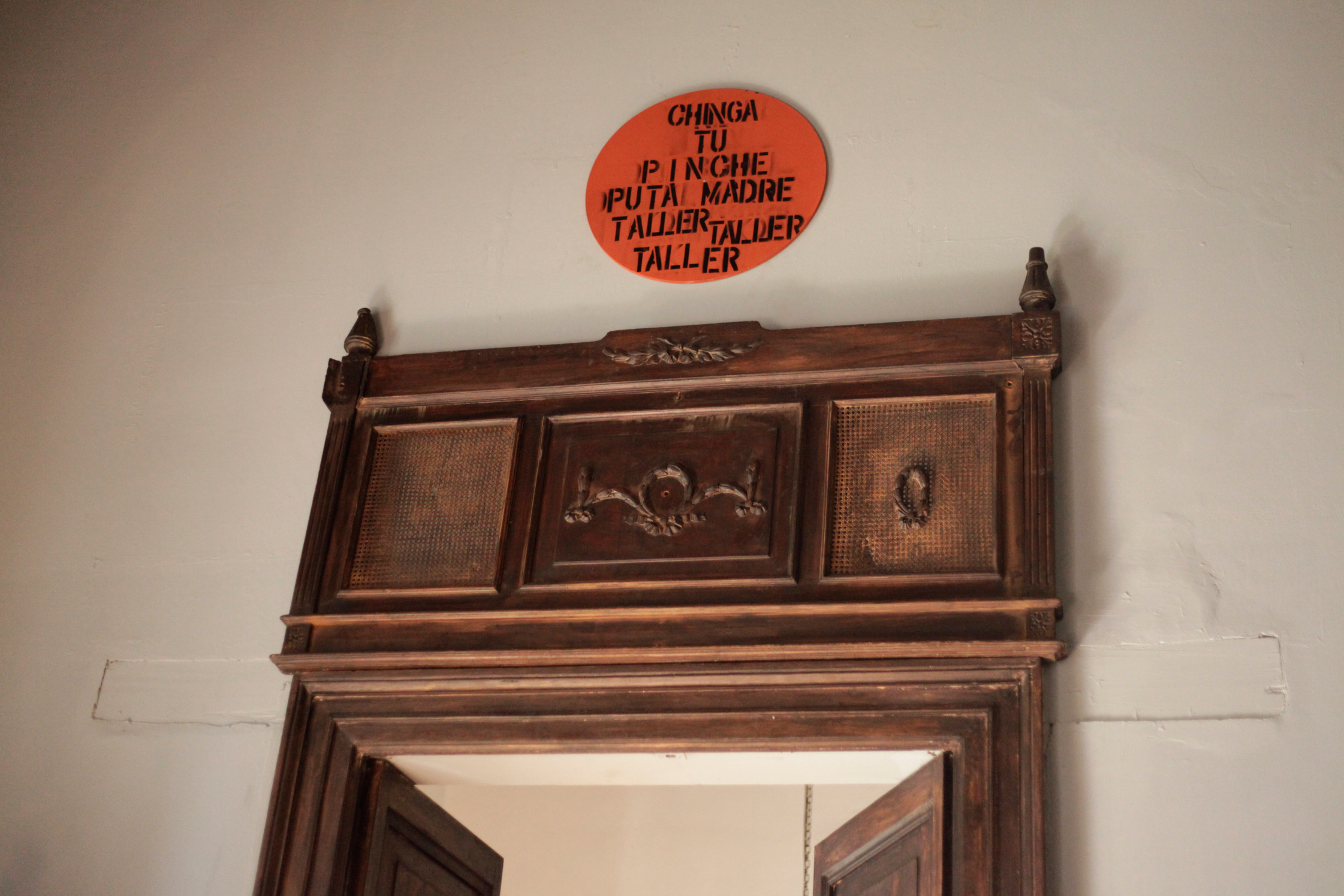
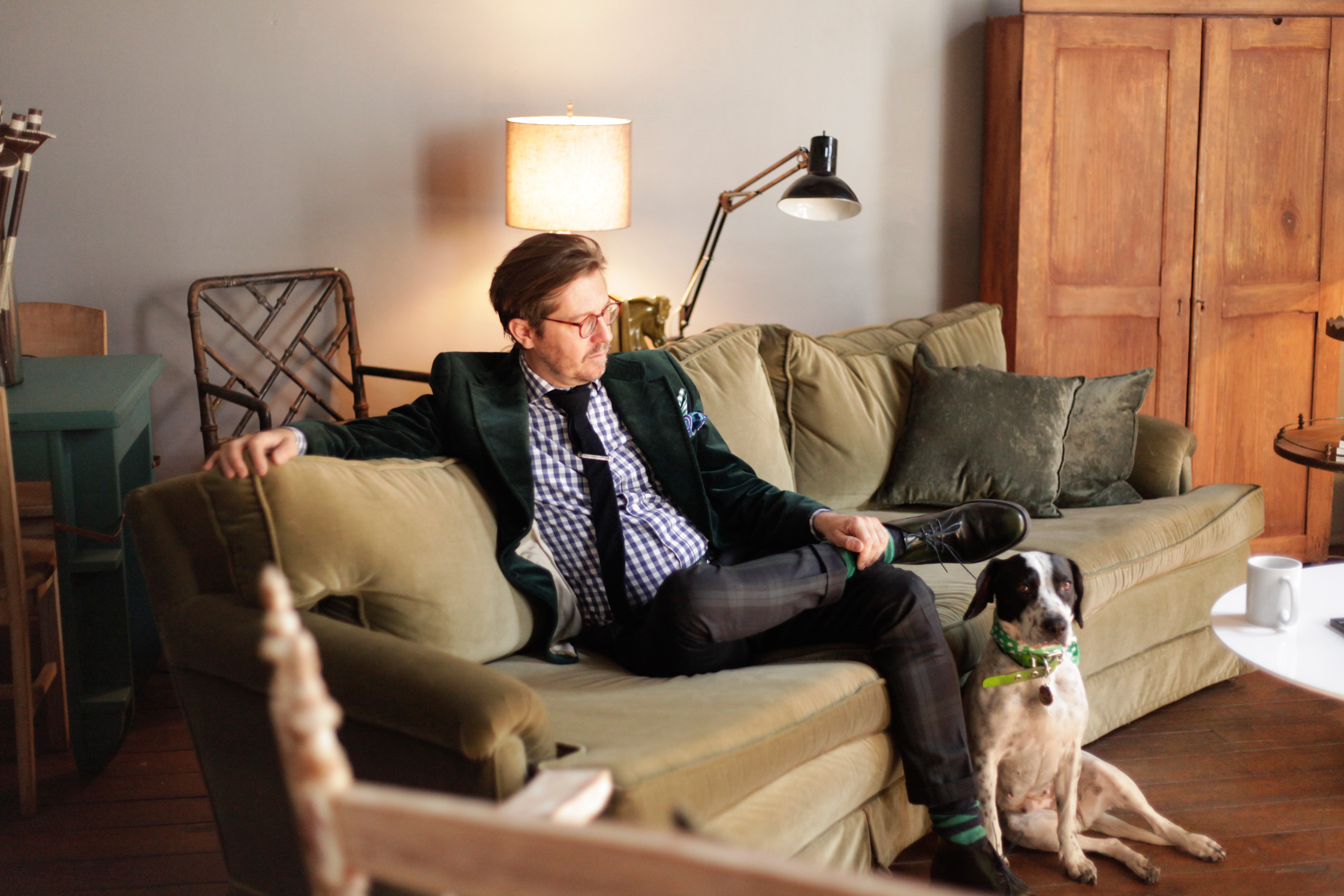
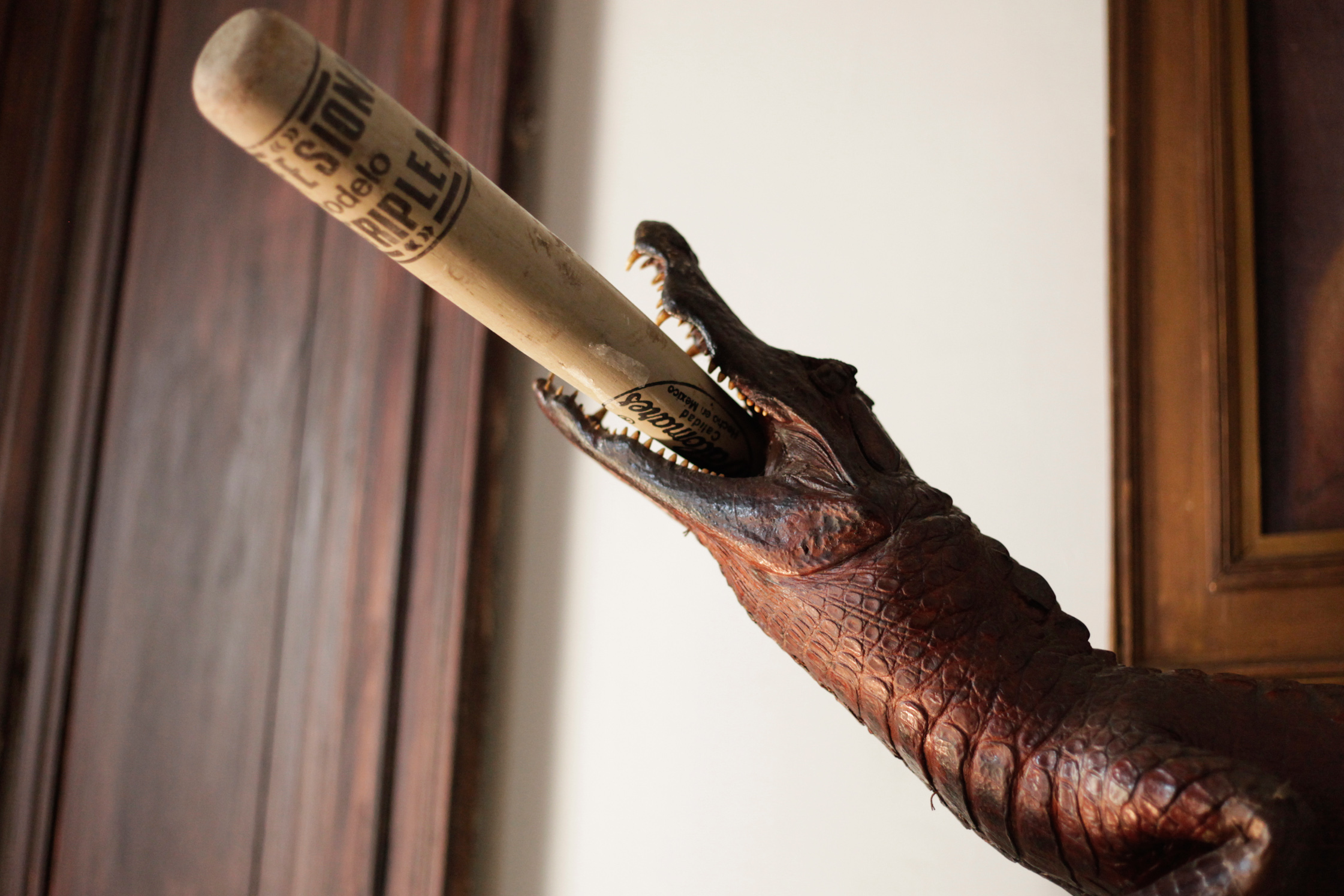
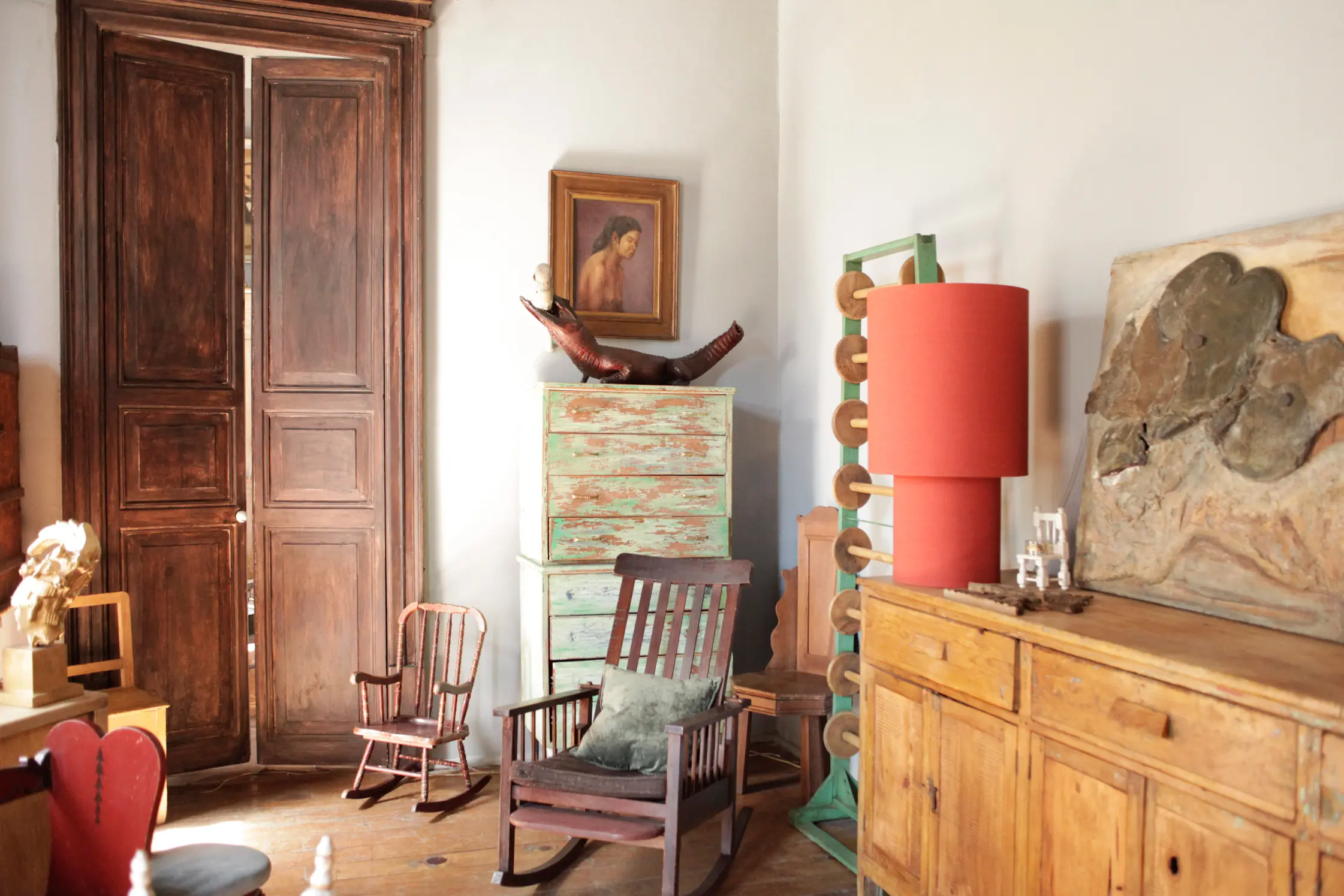
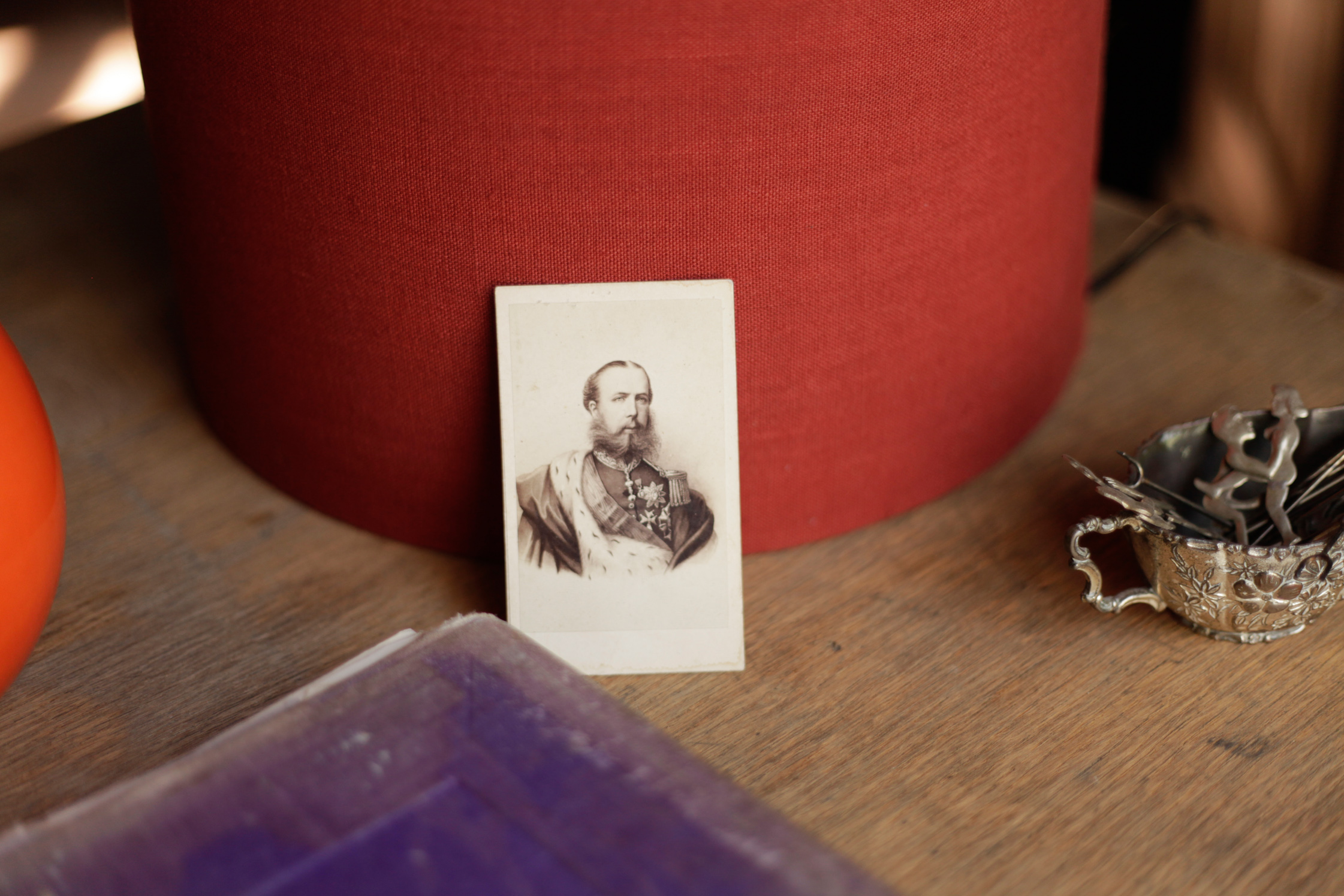
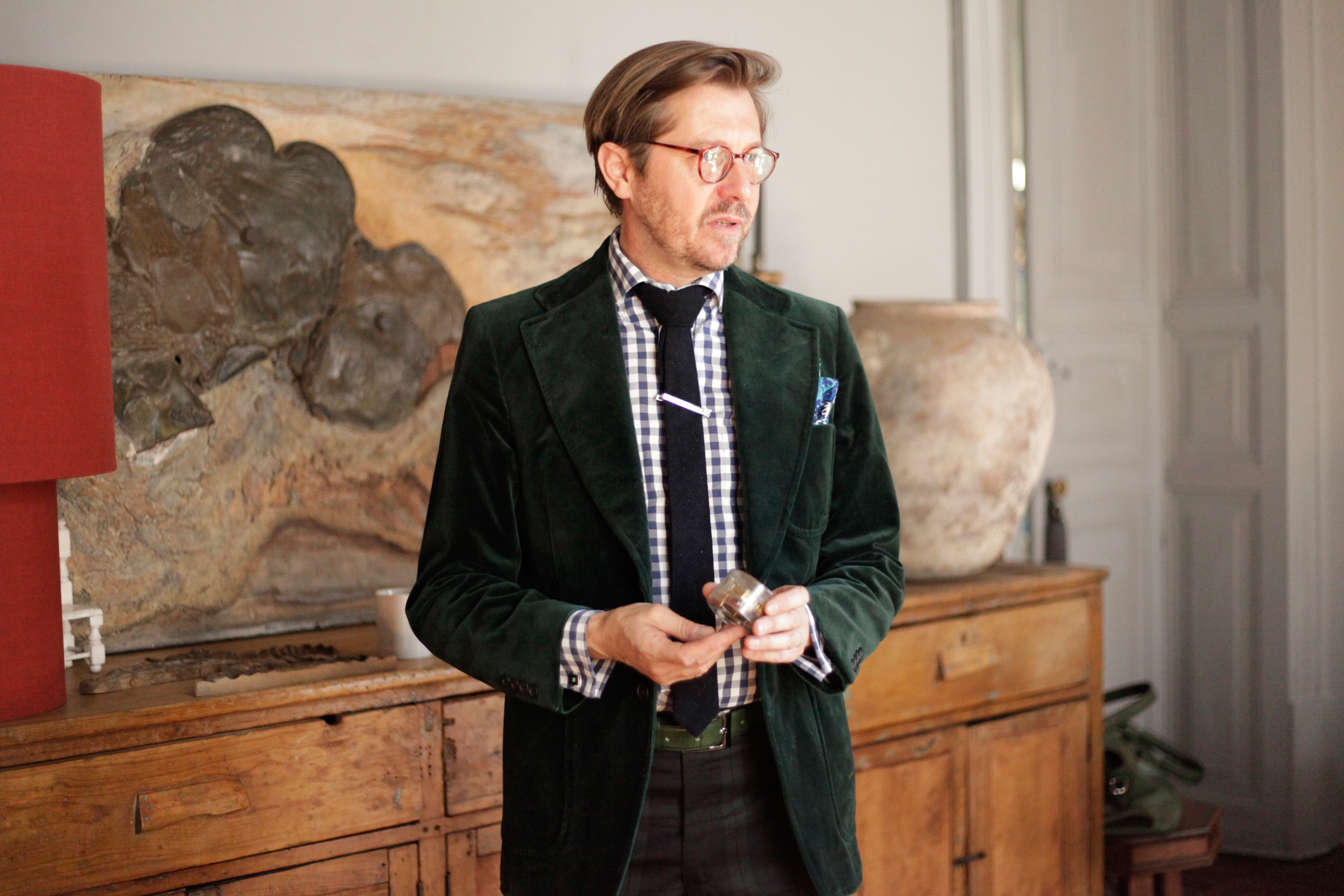
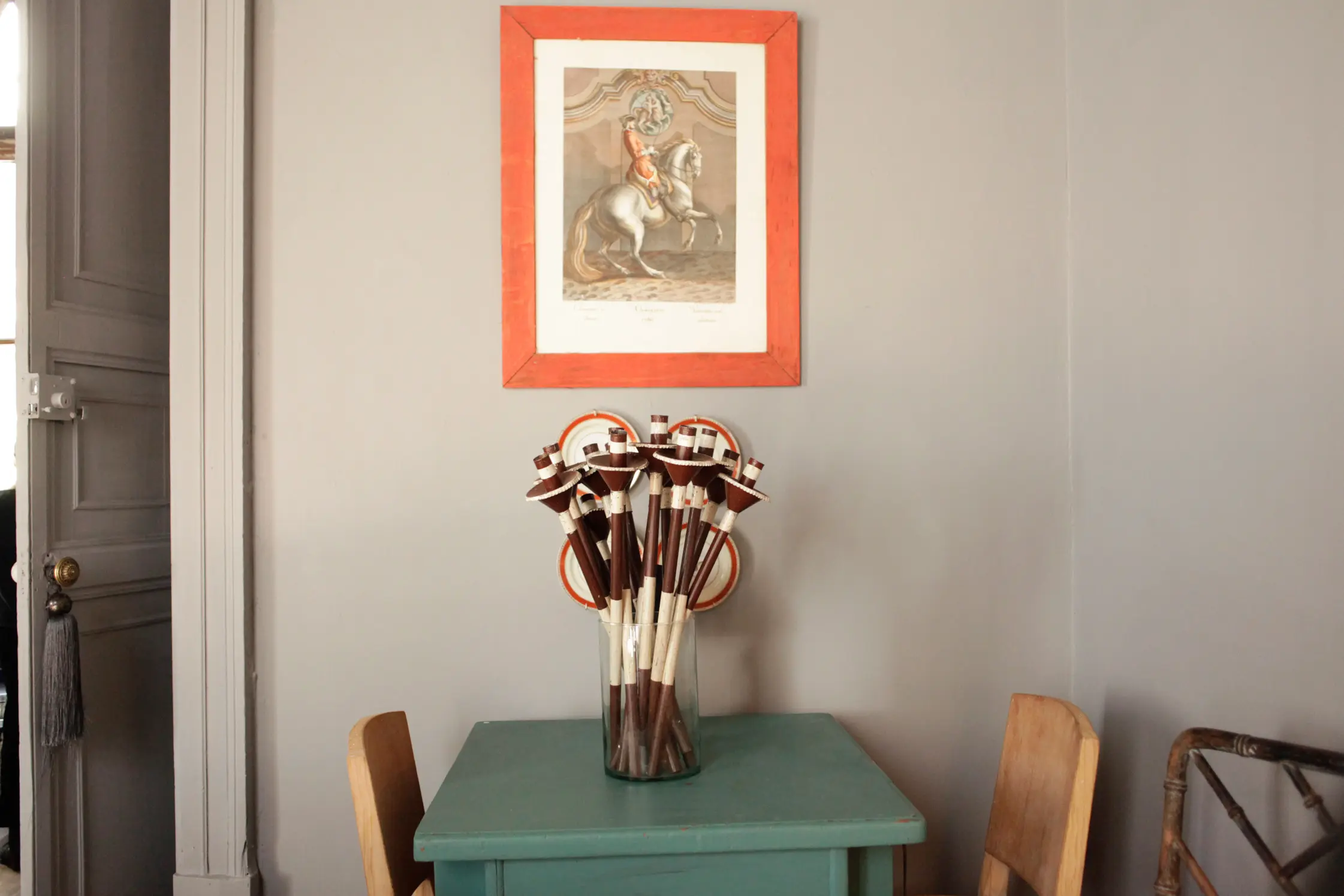
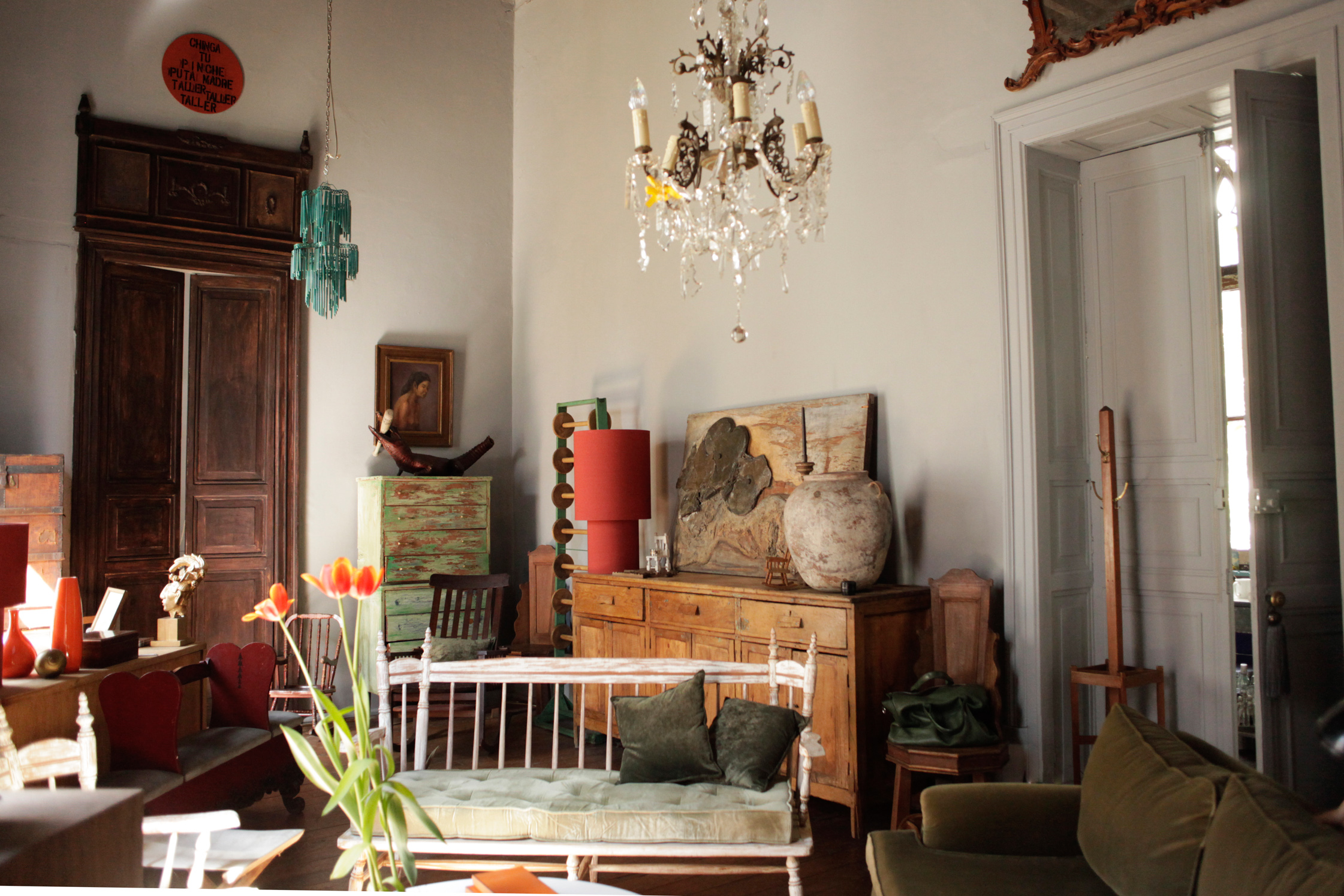
You grew up in Belgium. Can you talk a little about your childhood?
There’s not that much to tell about my childhood, I think it wasn’t pretty and funny and don’t ask me why, but I just wanted to be an orphan! I had one sister and six half brothers and sisters – who were all very kind to me, because I was the youngest of the family. However, I can’t help feeling that I didn’t do “good” in my family. Every time we went on vacation with our Peugeot I asked God for an accident, which never happened. That’s one of the reasons why I started traveling and living abroad from the age of 21 never to return. So I really sort of became an orphan as I don’t have contact anymore with that part of my family.
So this was the main reason that led you to travel and live in Italy, Portugal, Turkey, and now Mexico, so far from your roots?
Yes I always dreamt of going somewhere exotic as a child. I remember that from a young age I drew clouds. I wanted to travel and move like the clouds. When I was in kindergarten I always escaped from school. I got lost once in the city park in a small provincial town and that was the first time I really felt free. I loved it. It was a burden when my eldest sister found me. When I was 21 I stopped studying and because I had no money, I went to work at Club Med in Switzerland. This is where it all started, that is, feeling the freedom of not having familiarities.
You studied German Philology and Drama, how did this lead to a career in interior design?
From the age of 14 I wanted to be a world-famous poet, and I was romantic and naive enough to think that at university I would be discovered as the new Shelley of the 20th century. This did not happen. At this age I also took drama classes at the Koninklijk Conservatorium, and that’s why, after the disappointment at the Vlaamse University, I participated in the entrance selection of the Royal conservatory in Brussels. Two hundred people applied and only 13 got in. I was one of them. At the end of the year the head principle of the drama section, Senne Rouffaer, told me that I only served very well alone on stage and that it would be better for me to go on a holiday. That’s where my life started.
How do you manage to live in Mexico City’s bustling downtown?
At first it was not difficult. All the people imagine that it’s a mess, but in reality it is not. Even with protest marches in the city, if you know the streets you can arrive to your destination really fast.
Why did you choose downtown to live?
When I arrived in Mexico I used to lived in the Colonia Roma, which in those times was not so fashionable. I lived in the Plaza Rio de Janeiro, then in Merida Street. Later I went to Tijuana for six months and when I returned I decided to live downtown. I like to see old buildings, for me the past is very important. I like modern design, especially from the 1960s and 1970s, but I always need something old around me. I like old houses, in fact for me this house is quite young, as it is from 1870, the time of president Benito Juarez. I would love to have an older home.
What about earthquakes?
It’s okay, the building does not look very strong, but the house is very solid. The only thing that is in bad shape is the material on the facade. The Roma neighborhood fascinates me, but there are not many houses from the Porfirian times available. If you find a nice building, you have many neighbors or often it is in very poor condition and uneven. I like things to look symmetrical.
Tell us about some favorite objects in your home.
I really like these pictures with the word “Taller” repeated several times. Outside my home there are these guys, who shout “TALLER, TALLER” from 10am to 9pm. I can’t stand it. So I decided to make these paintings with those words on them, sort of like therapy. I was so angry with them, I even approached the authorities to remove them, but nothing works.
I lived for a while in Germany and bought this music box. It’s plastic and not expensive, but I bought it in the 90’s in a museum of mechanical instruments. When I moved here I lost it for almost five years, recently the person that helps me clean found it. The melody is the Eagle Eyes of The Sound of Music.
How would you describe the everyday aesthetic you find in Mexico?
90% of the city is ugly, for example the east is not very beautiful. So when you see something beautiful it is so outstanding. Here in the center I can find a lot of beautiful details. Behind the Cathedral buildings I always find very impressive things. There is too much visual noise, so when there is something beautiful, I realize it instantly. At a decorative level I also try to avoid any kind of noise, for example, I do not like shelves, as they get filled quickly with unnecessary objects. I love my books, and if you have a space in your home for a library that’s great, but if not, I’d rather put books in some nice bookcase with doors.
Where have you have found most of your treasures in Mexico City?
In the area of La Portales. There is a market there that is not so expensive and not many people go to it. Also in the Lagunilla. Everything is very expensive and yes there are many beautiful things but I do not always share the same taste. I love going to homes in the south. For example two years ago I went to the Rincón Gallardo family home that was filled with antiques.
You have completed some impressive restaurant fit-outs, do you have a favorite job you have worked on?
The most satisfying commercial job was Chef Enrique Olvera’s restaurant, Pujol. It is number 17 on the San Peregrine list of best restaurants in the world. He gave me carte blanche, and I painted his restaurant black. As the real artist that he is, he continues to ask me to bring in new pieces, so the restaurant is always changing.
The worst job was for a restaurant in New York. Initially they were very interested in my ideas, but there were a few dramas and conflicts. His wife bullied me and described my ideas as old-fashioned and anachronic. I decided never to show up for the meeting in New York after the owner’s son, one of the co-owners, told me in an email minutes before boarding the plane to JFK airport that my drawings were worse than a five year olds. So, I threw everything in the dustbin before boarding and instead had a five day holiday in New York. I was partly happy because I felt free again but it was also partly nightmarish because I felt like killing myself during the opera Simon Boccanegra. I only had a cheap standing room ticket! I finally finished the restaurant with my ideas from the first meeting but it didn’t last and now an Argentinian barbecue joint.
What are you working on at the moment?
I have various residential projects: a restaurant make-over for La Taberna del Leon of Monica Patiño and a family office for the Pietrini Family. I do this work simultaneously while also giving classes at the Centro de Diseño. I also help Marie Claire my dog with her business plans, preparing her own accessory-line for fellow dogs!
Your home interior has an eccentric yet traditional feel? How would you describe your design style and taste, or does this depend on the brief for every job with each individual client?
I think my home is only an example for people who give me free reign, carte blanche, and that doesn’t happen that often I´m afraid. With most of my clients I just listen what they want, and try to give them a house that is cozy, multifunctional, original , but very ” theirs”. I do always try to put my trademark on it, by introducing some odd details. I really don’t know how to describe my style. I think and hope it encapsulates a sense of “me”. Yes is it traditional in a sense, and yes, very eclectic, but also very harmonious, very complete, as in Gesamtkunstwerk, meaning not only what you see, but also what you hear and what you smell. I also aim for my work to be unpretentious.
You have an impeccable dress sense. Where do you buy your clothes?
Thank you! I have all my trousers tailor-made, I buy the fabrics at flea markets and from high end fabric stores such as Kravet. One of my last pairs was made with a Jonathan Adler linen fabric. But sometimes they are made from old curtains – inspired by the sound of music – or from tablecloths. My shirts are also tailor-made, very simply, with a lot of stripes and gingham in plain white and baby blues. I am sorry to reveal it but all my jackets are Zara! They are only ones that fit me like a glove. Many of my bow ties and ties are vintage and bought for less than one euro.
Like my clothes my perfume is also important. Aside from my classics that I have always used for decades, such as Habit Rouge de Guerlain and Equipage de Hermes, I like everything from L’artisan Parfumeur and Diptyque.
Who or what are the major inspirations in your life?
Cecil Beaton, Stephen Tennant and the Isle of Capri!
Do you have some favorite local places that you frequent?
I love the cafe at the Franz Mayer Museum and going to the the garden terrace at the Hilton Hotel in downtown Mexico City for Sunday brunch. My favorite interior shop is Urbana in Mexico City, but it is ridiculously expensive. I also like Blend, and Parada 54 in Polanco.
What do you miss about Europe?
The Belgian brown cafes! Not coffee houses, but the cafes where you can get all types of Belgian beer, the french fries stands all over Belgium and the fact that you can travel easily and rapidly to all major cities in Europe. I especially love Paris and Berlin.
How do you get around the city?
Walking, cycling and the subway.
Do you have a special weekend getaway or holiday destination?
I haven’t taken a real holiday in years but if I want to escape from Mexico, I sometimes go to New York and got to all the operas in the Metropolitan Opera House, or to the beach Pie de la Cuesta near Acapulco, or San Miguel de Allende, which I love because of the climate and the antique shops. If I was a millionaire, every year I would spend June in Capri, July in Portugal and August in the south of France, but I’m afraid, I’m not a millionaire!
We follow Dirk-Jan to the Zocalo of Mexico City, just two blocks from his home. The whole neighborhood seems to know him and greet him. He is a stark contrast to the people around him. In his impeccable suit, he slowly walks alongside his dog, Marie Claire. We take a portrait with the flag of his adopted country in the background and part with a hug.
Dirk-Jan thank you so much for sharing your everyday life in Mexico and tour inside your stunningly decorated home.
This portrait is part of our ongoing collaboration with ZEIT Online who present a special curation of our pictures on their site. Have a look here.
Photography: Ana Hop
Interview & Text: Monse Castera & Rachael Watts
Translation: Martina Hemm
